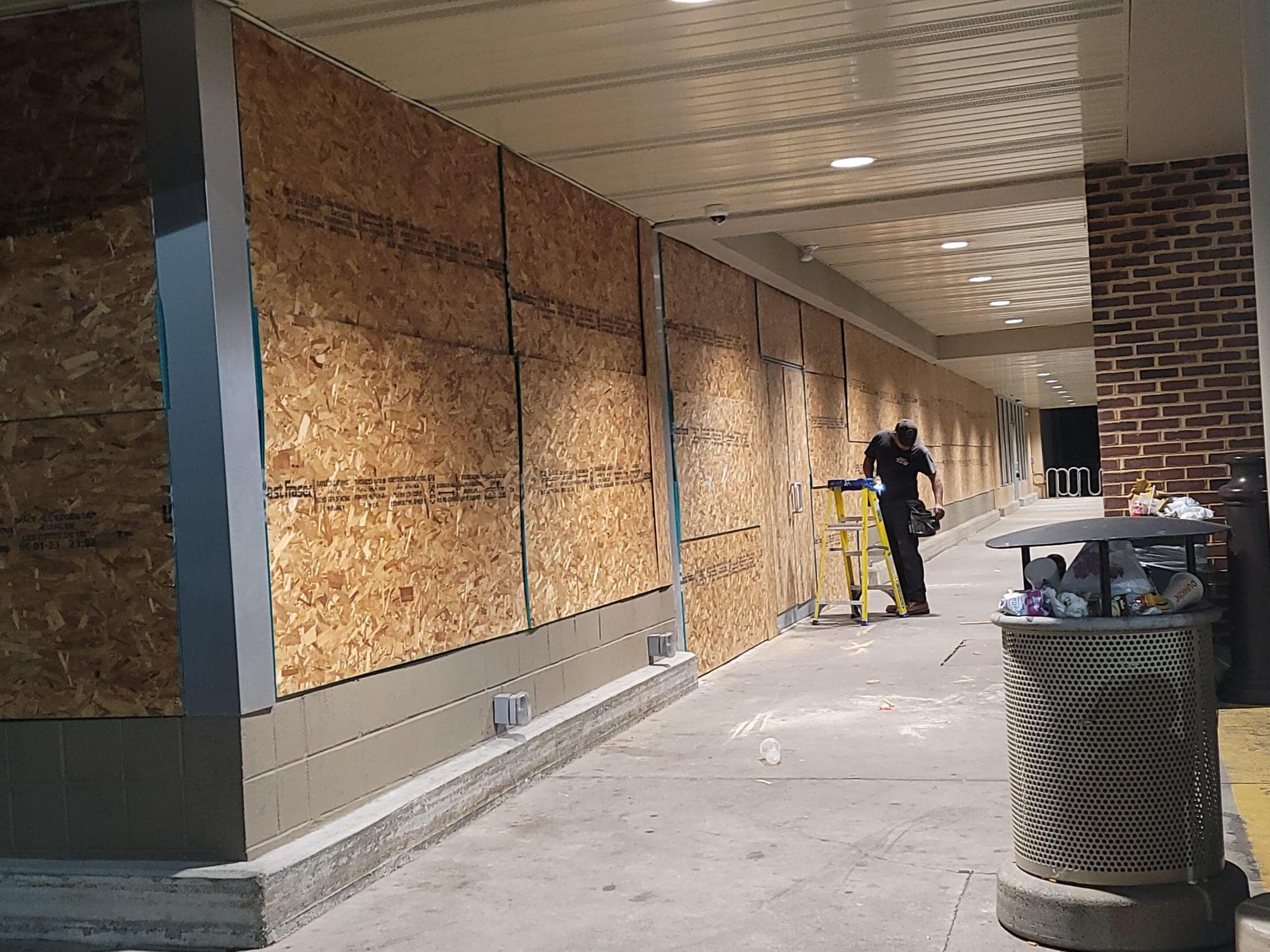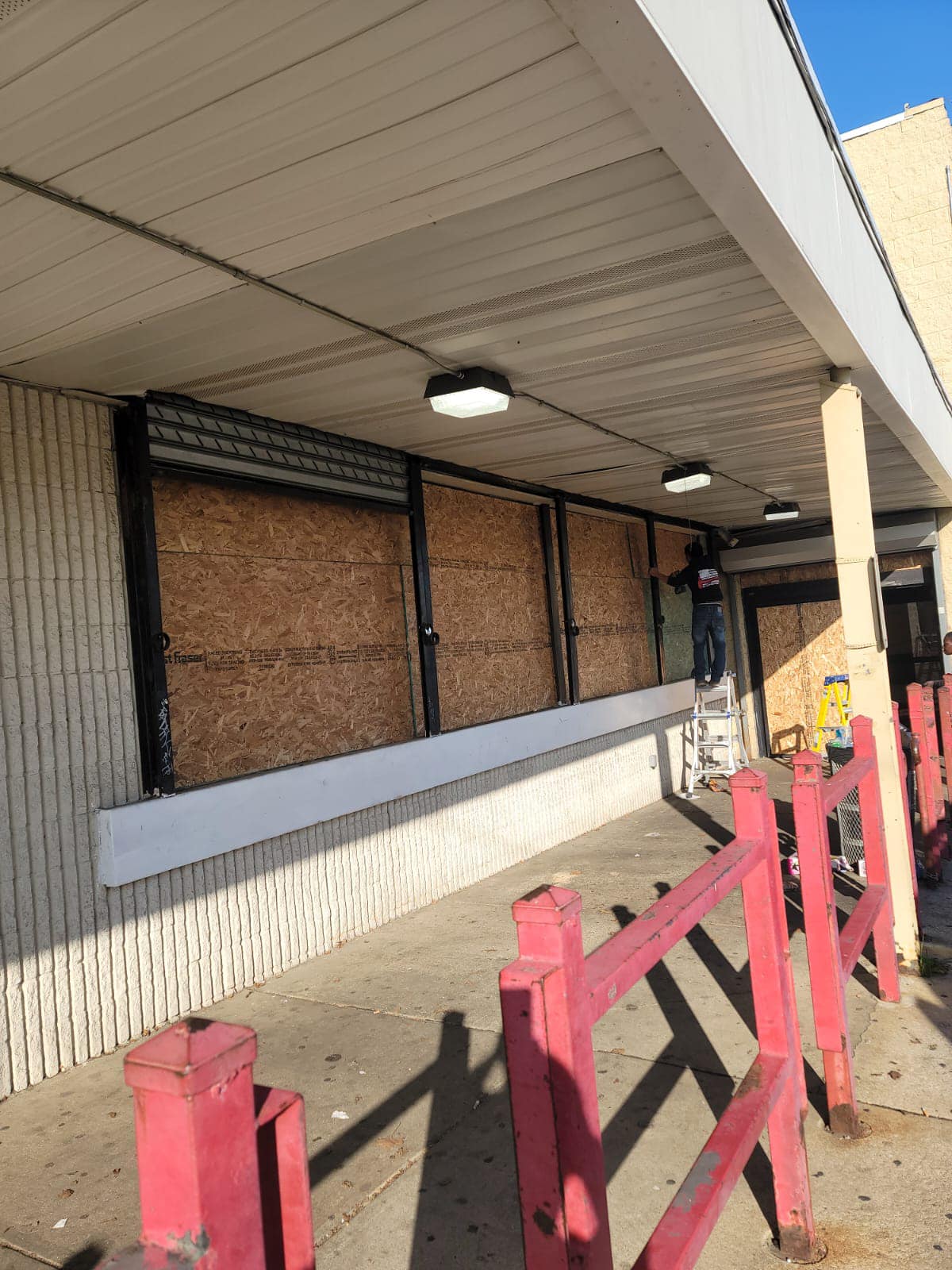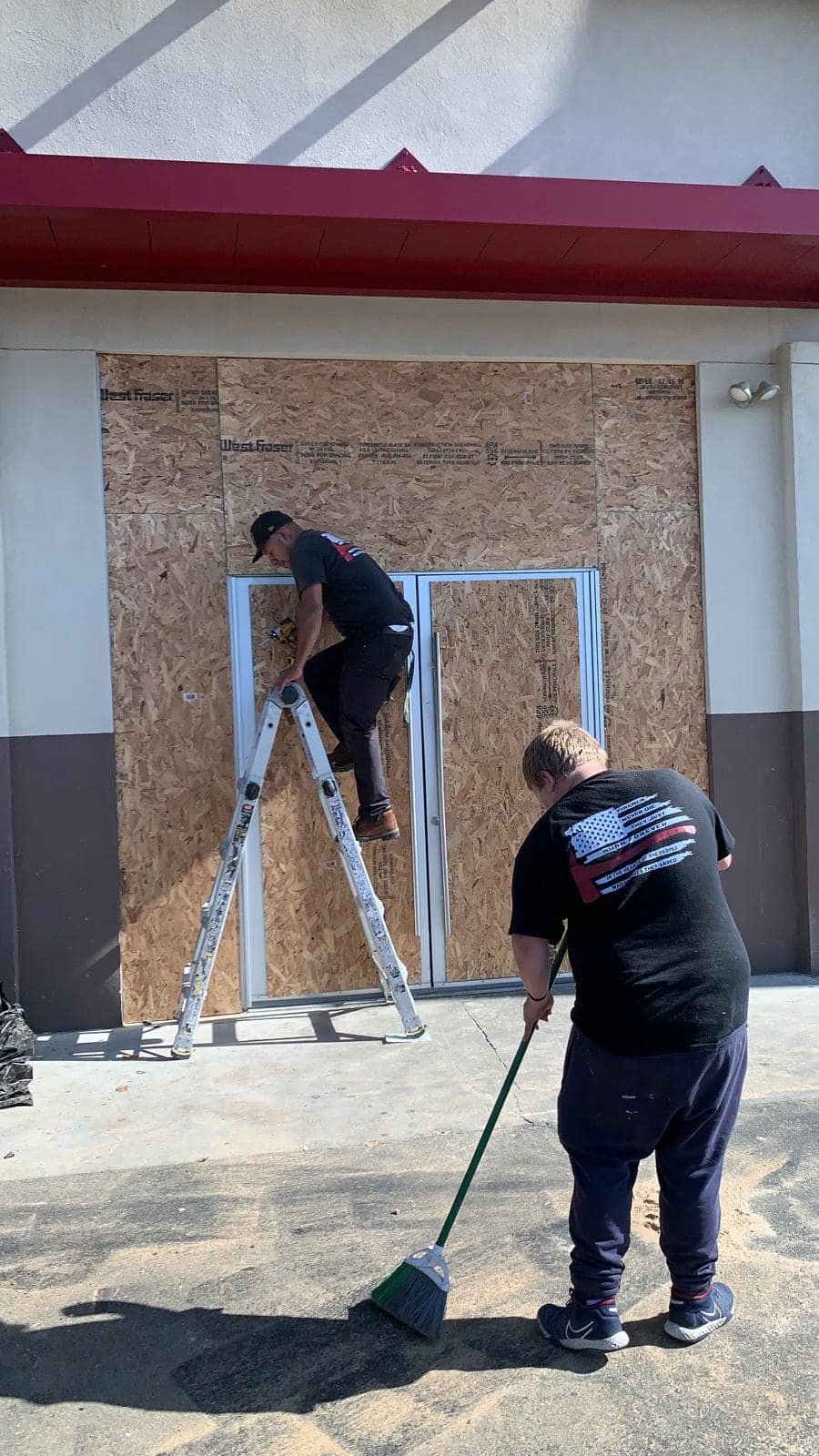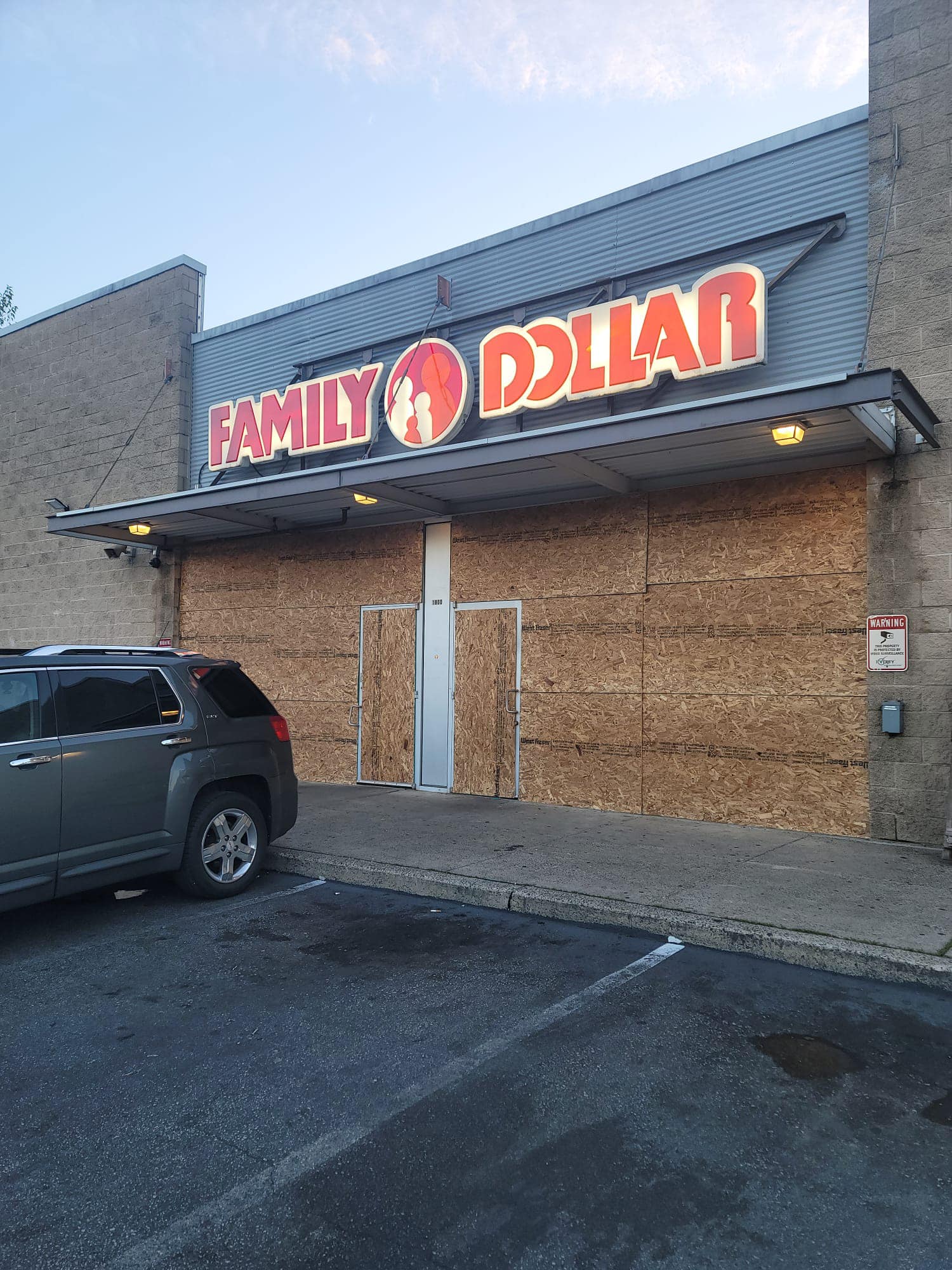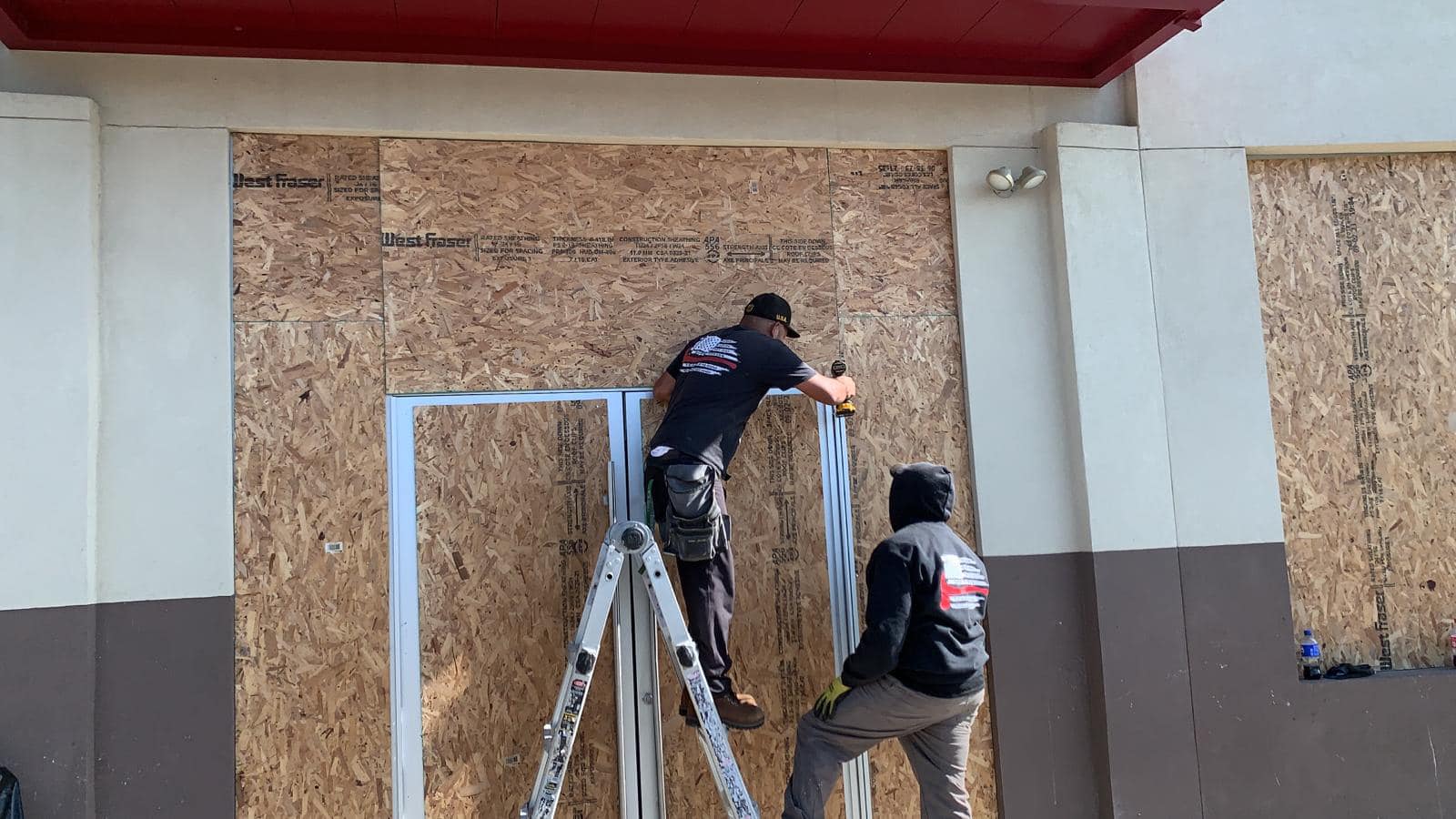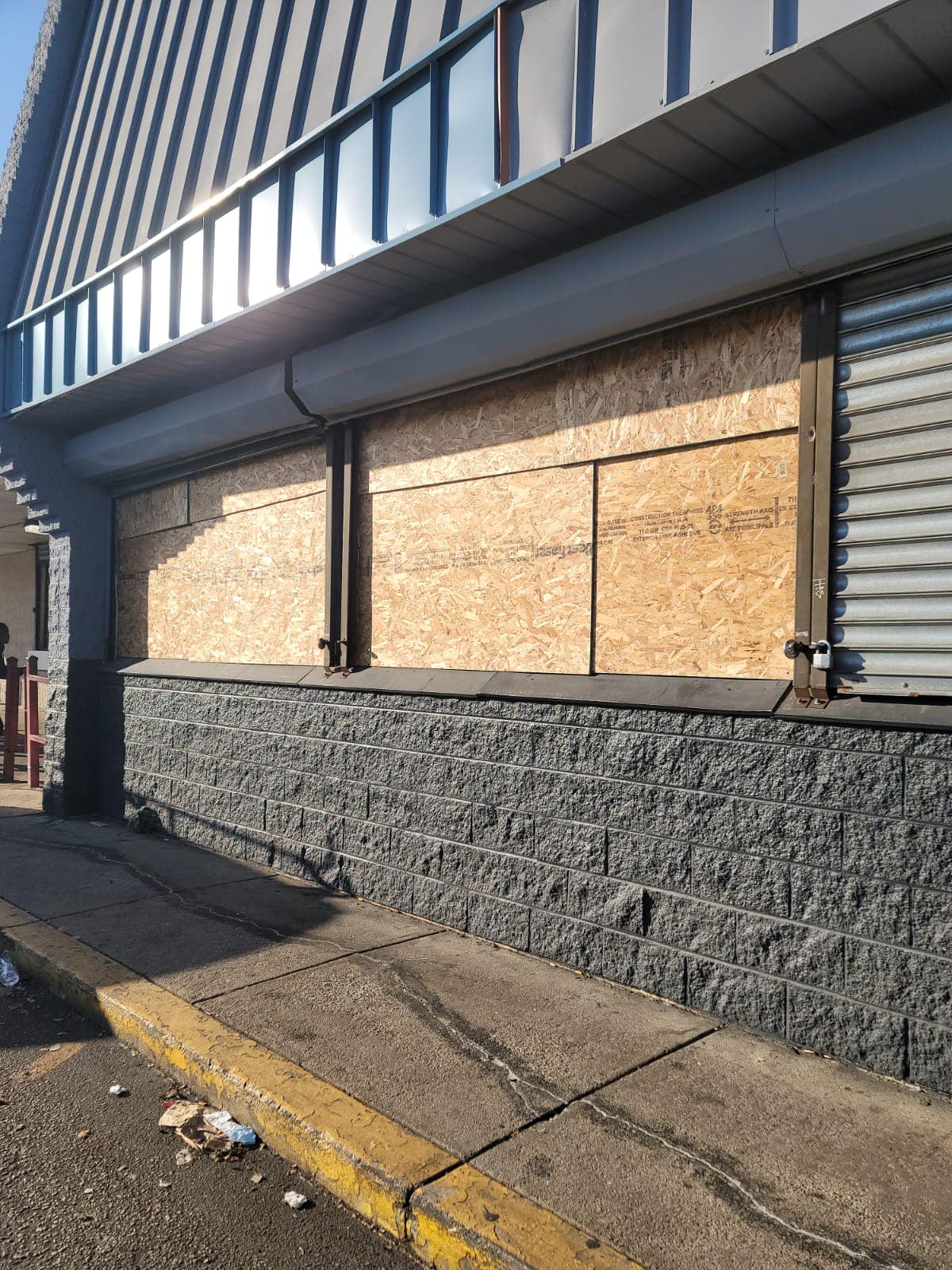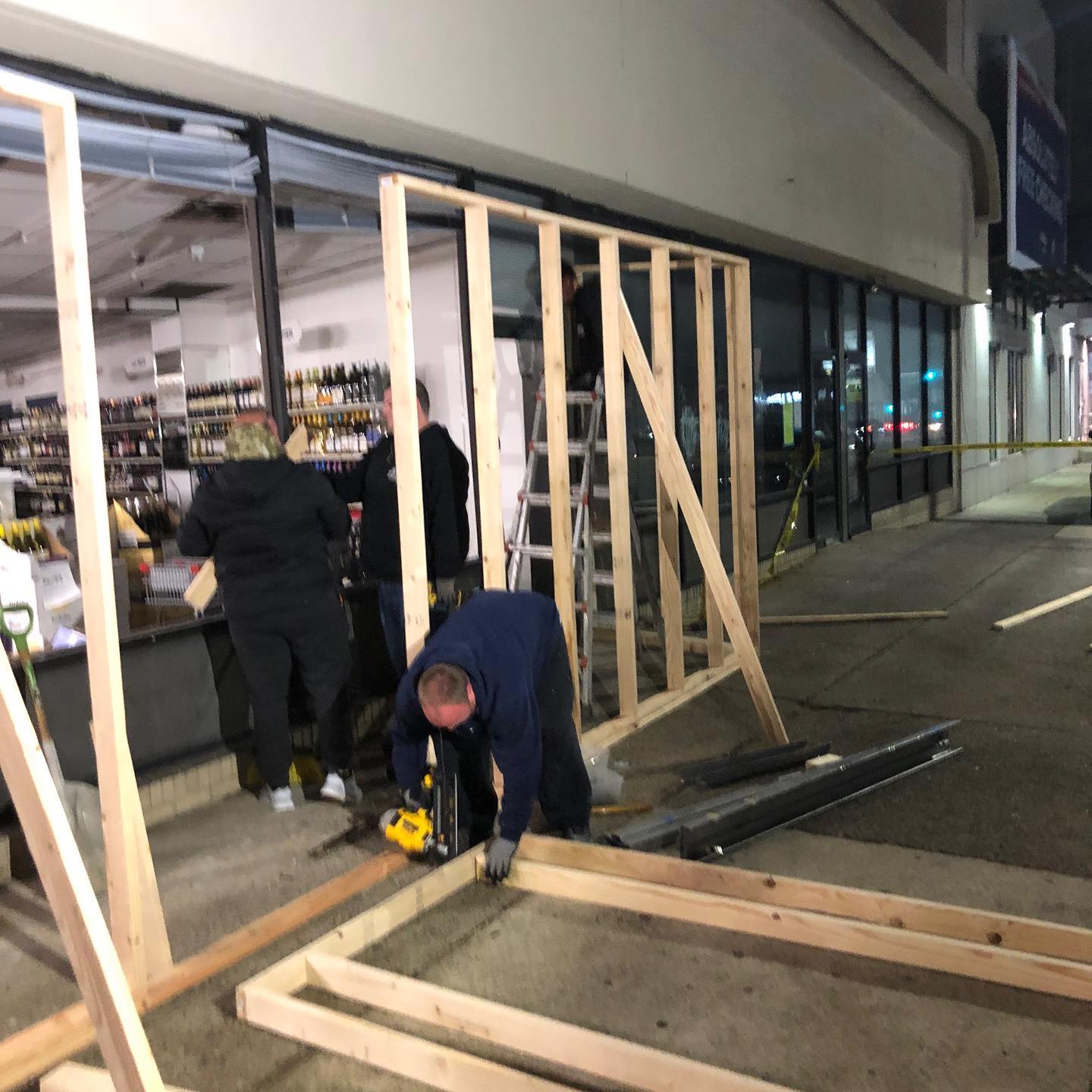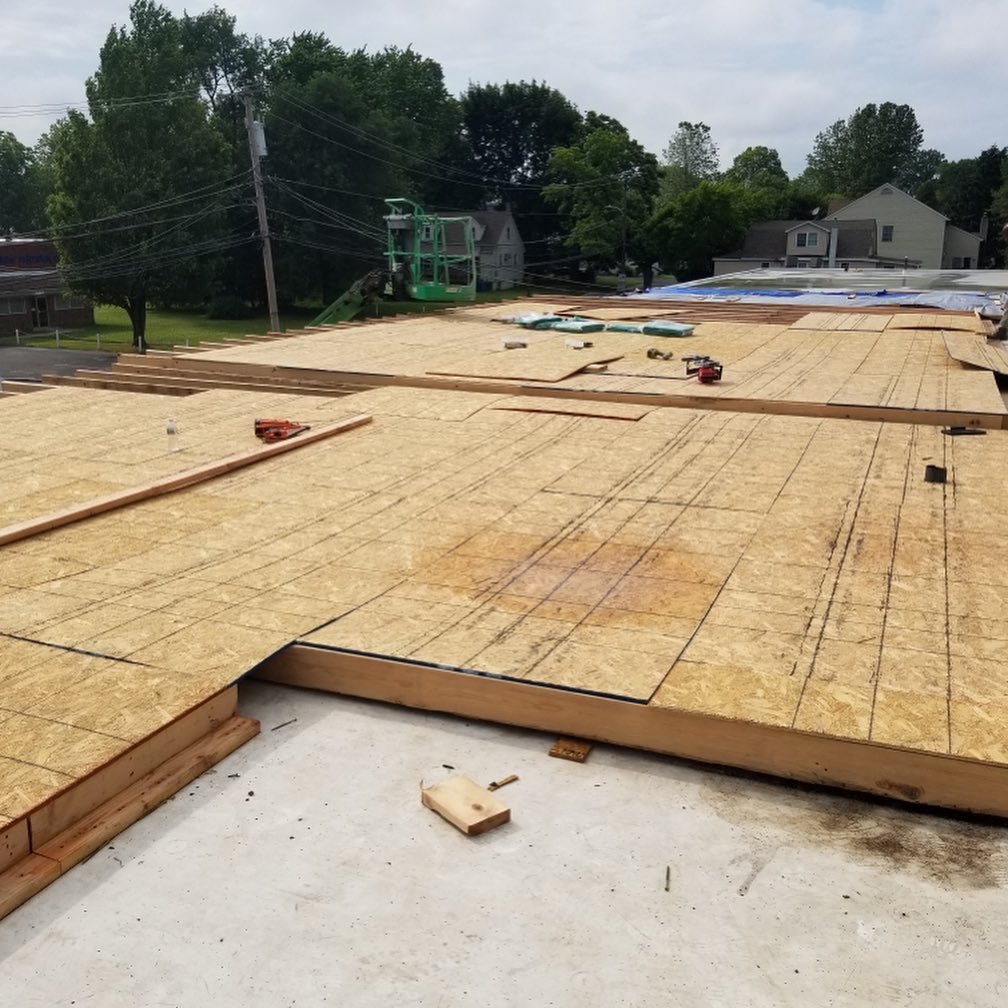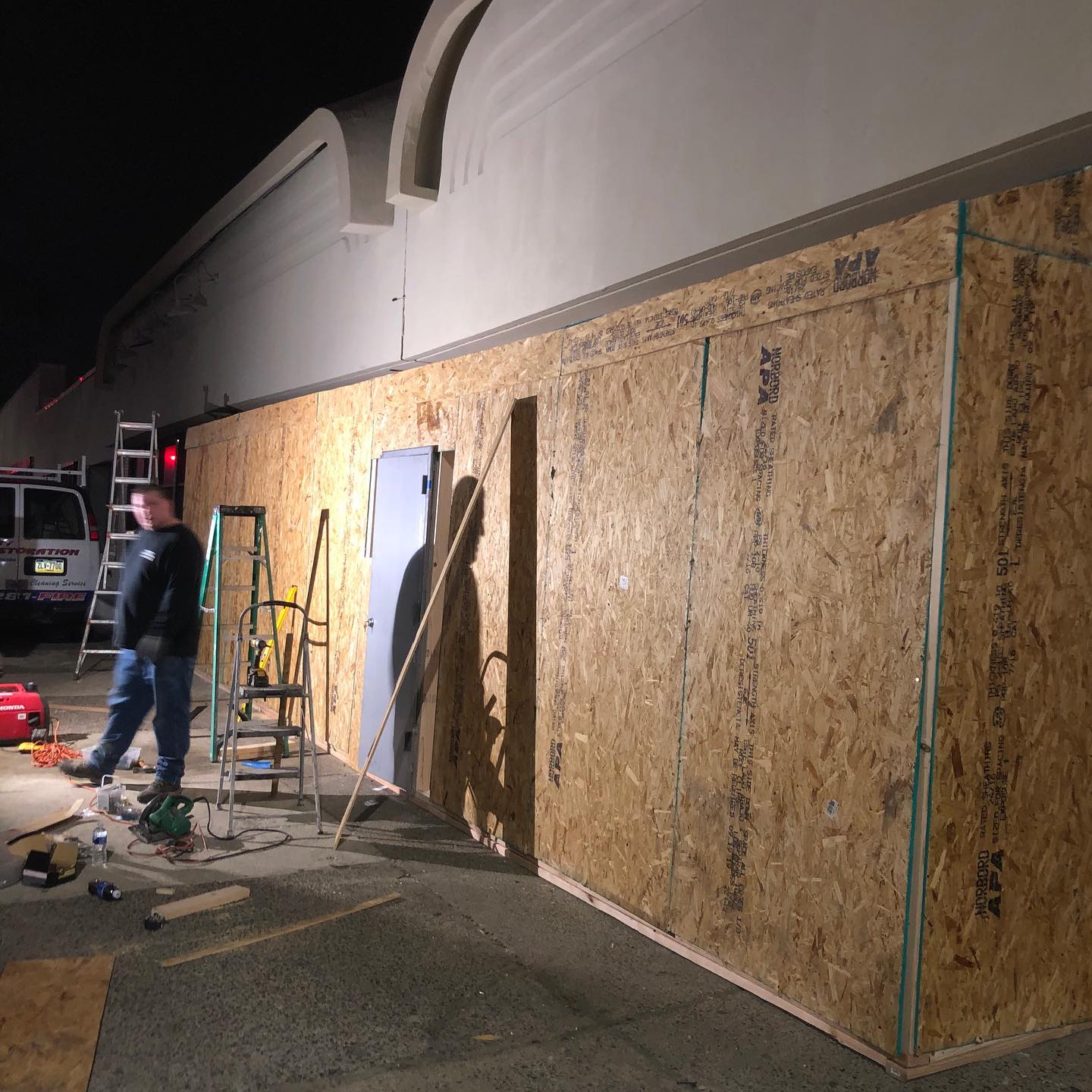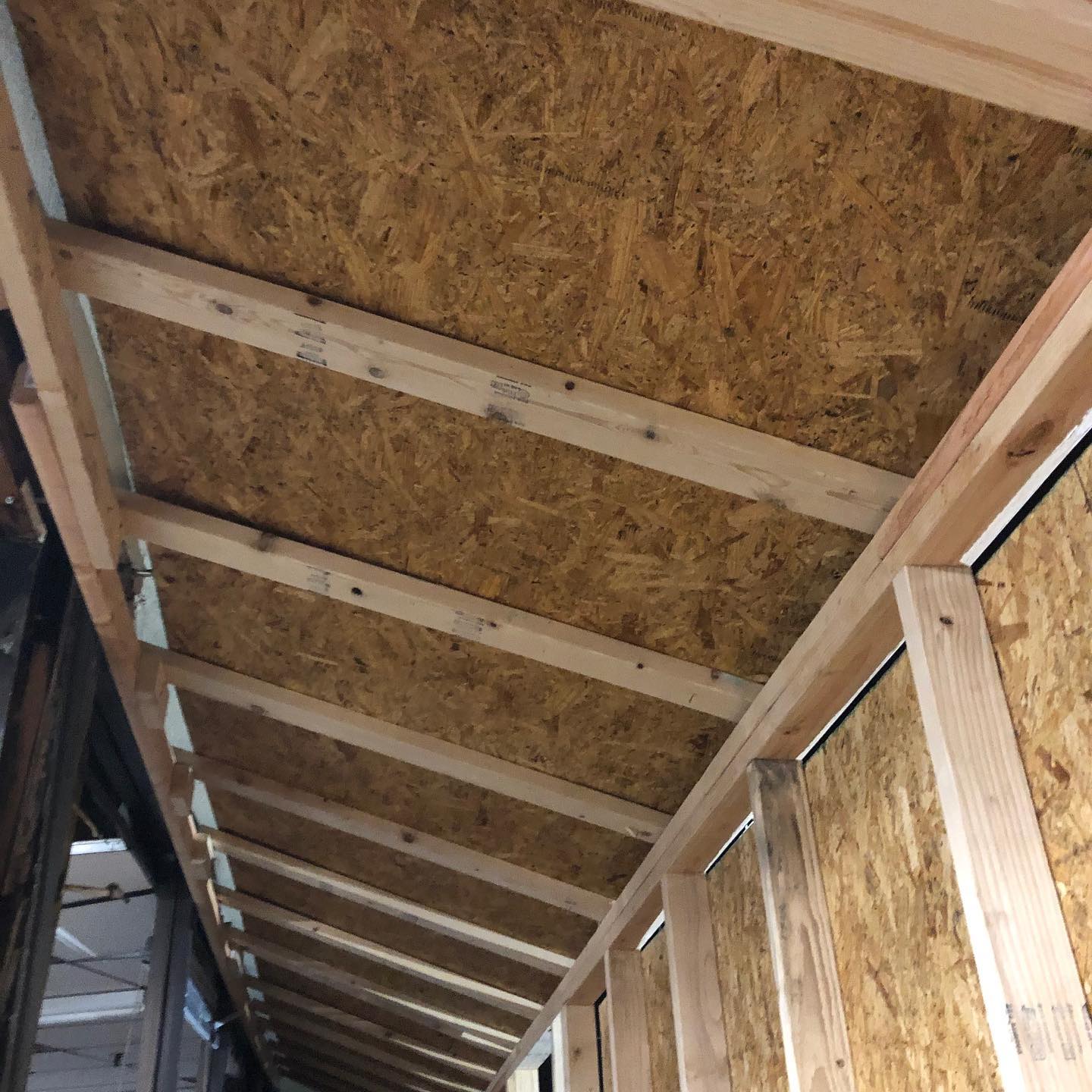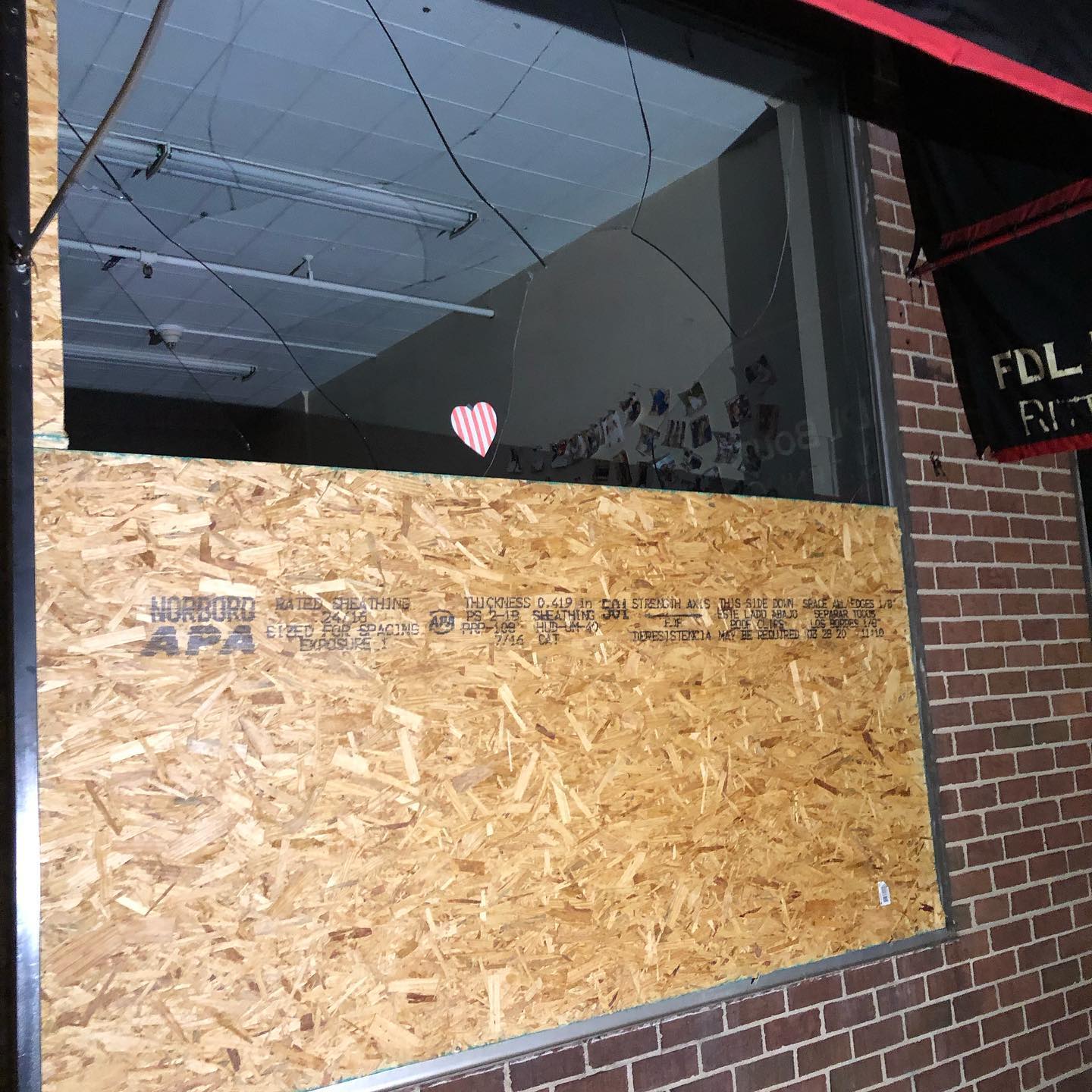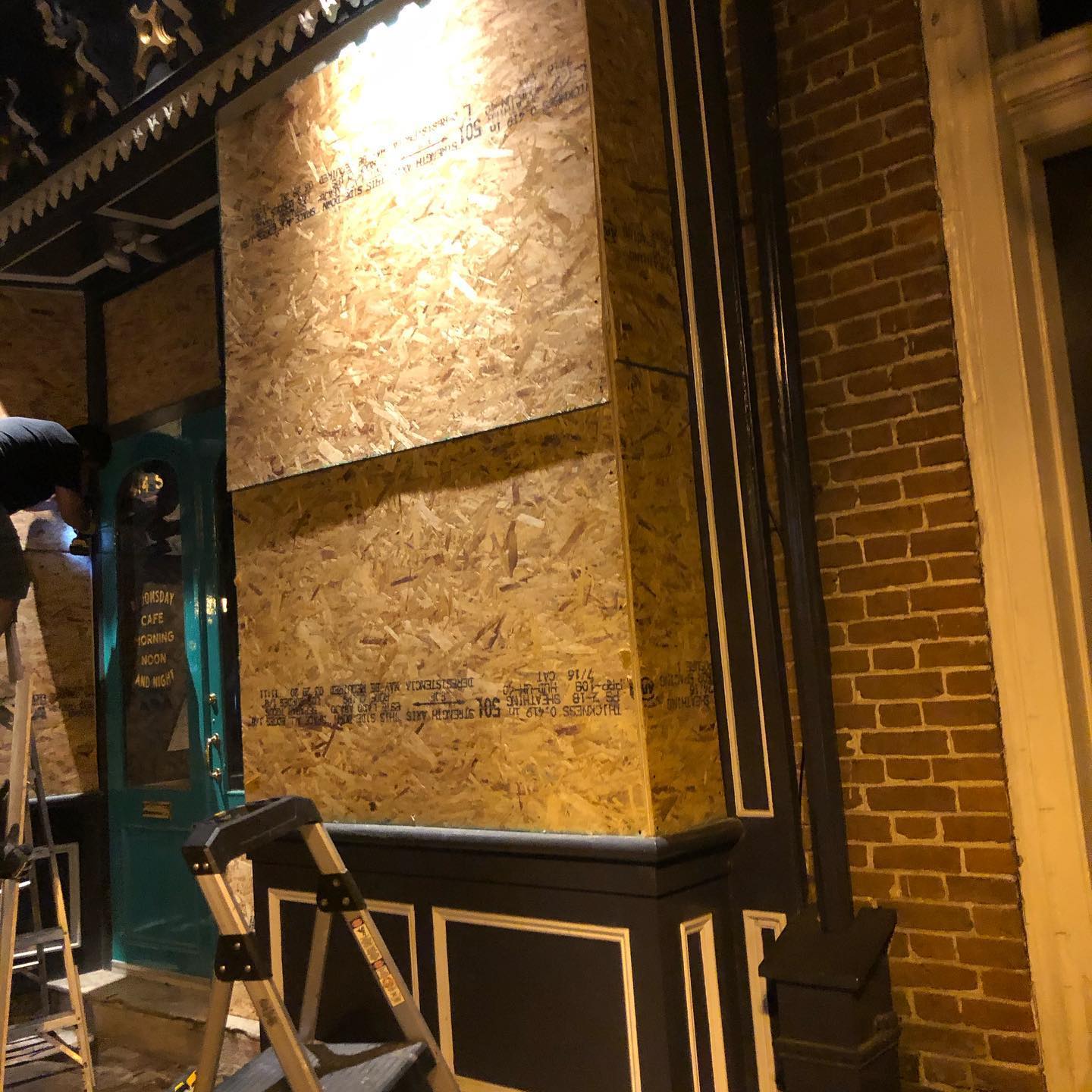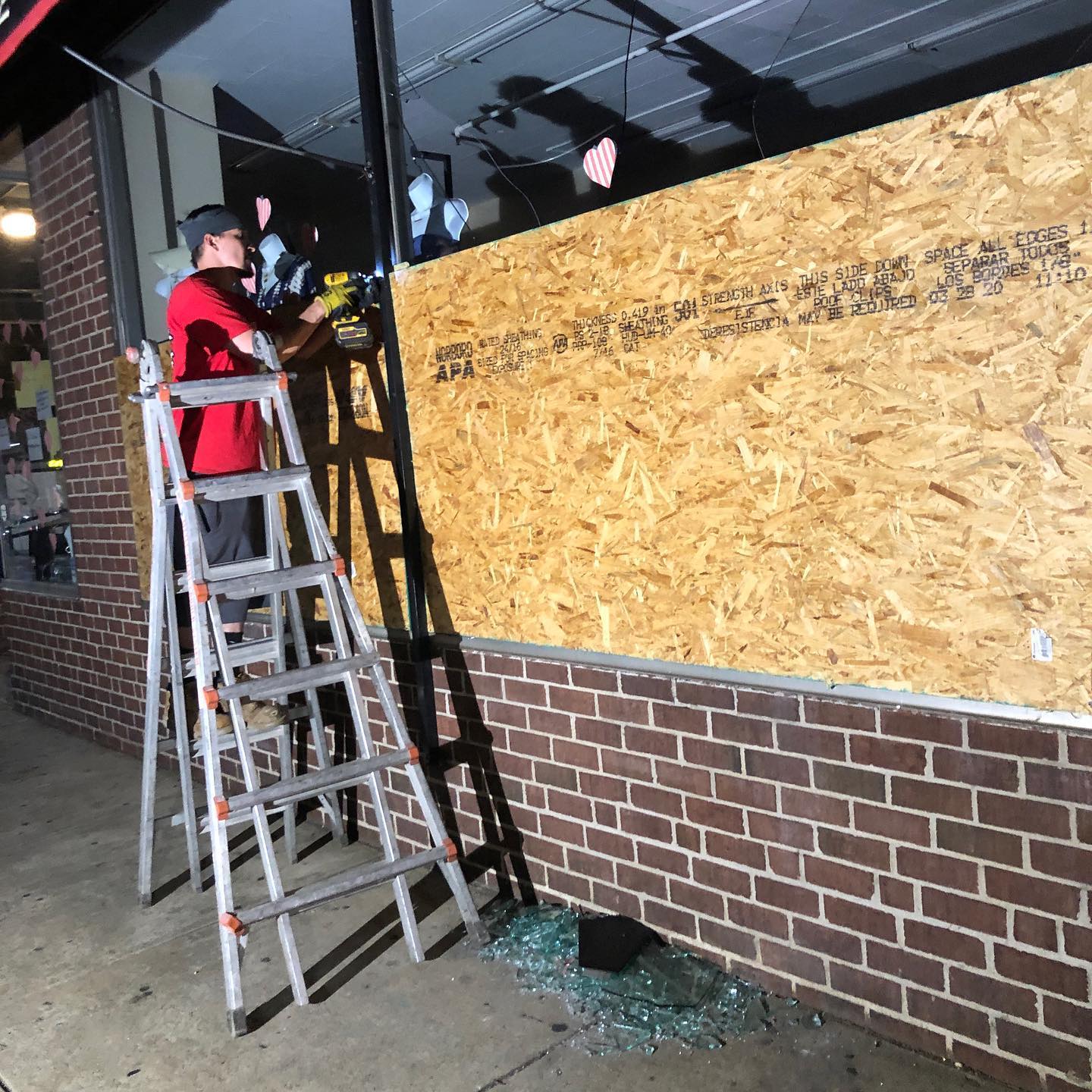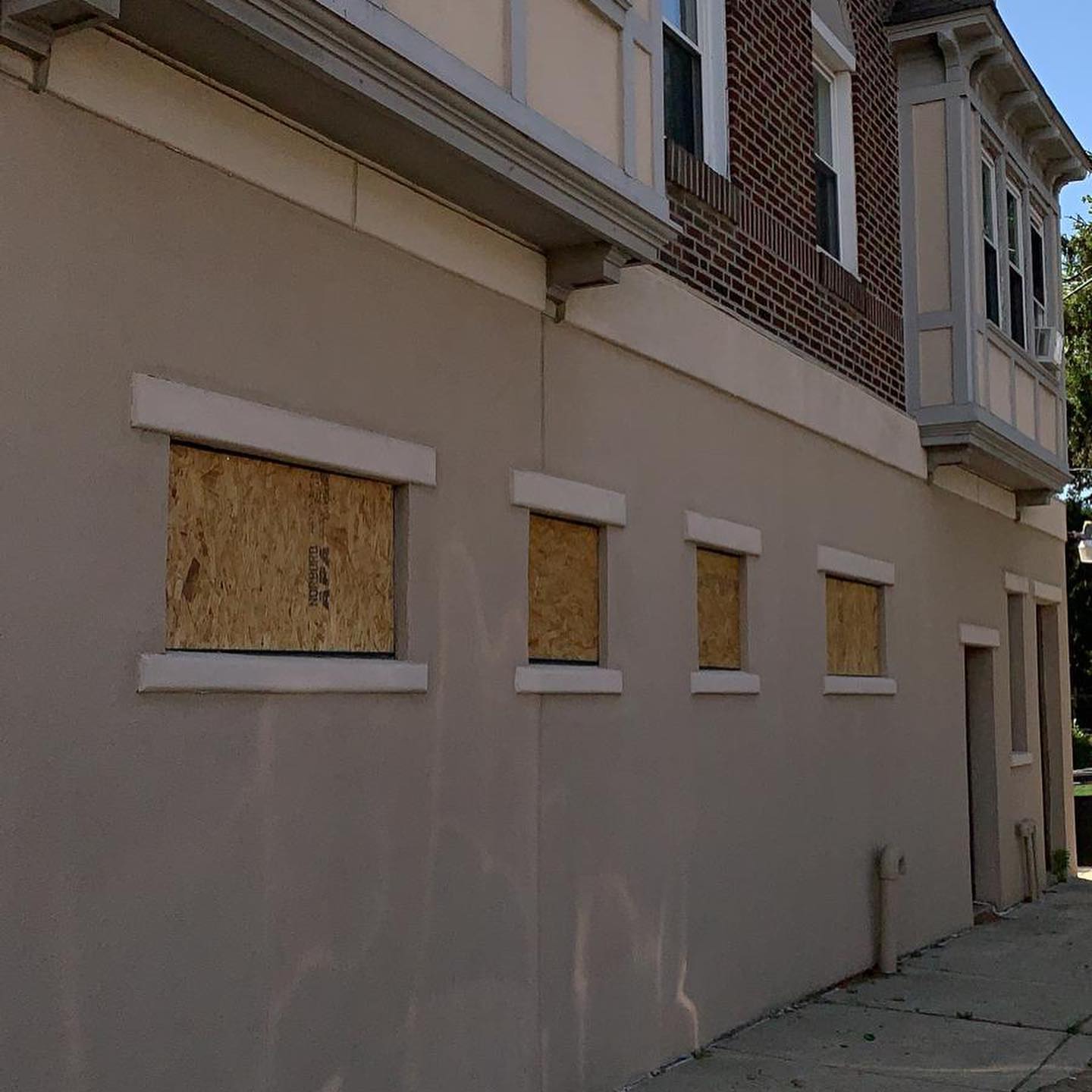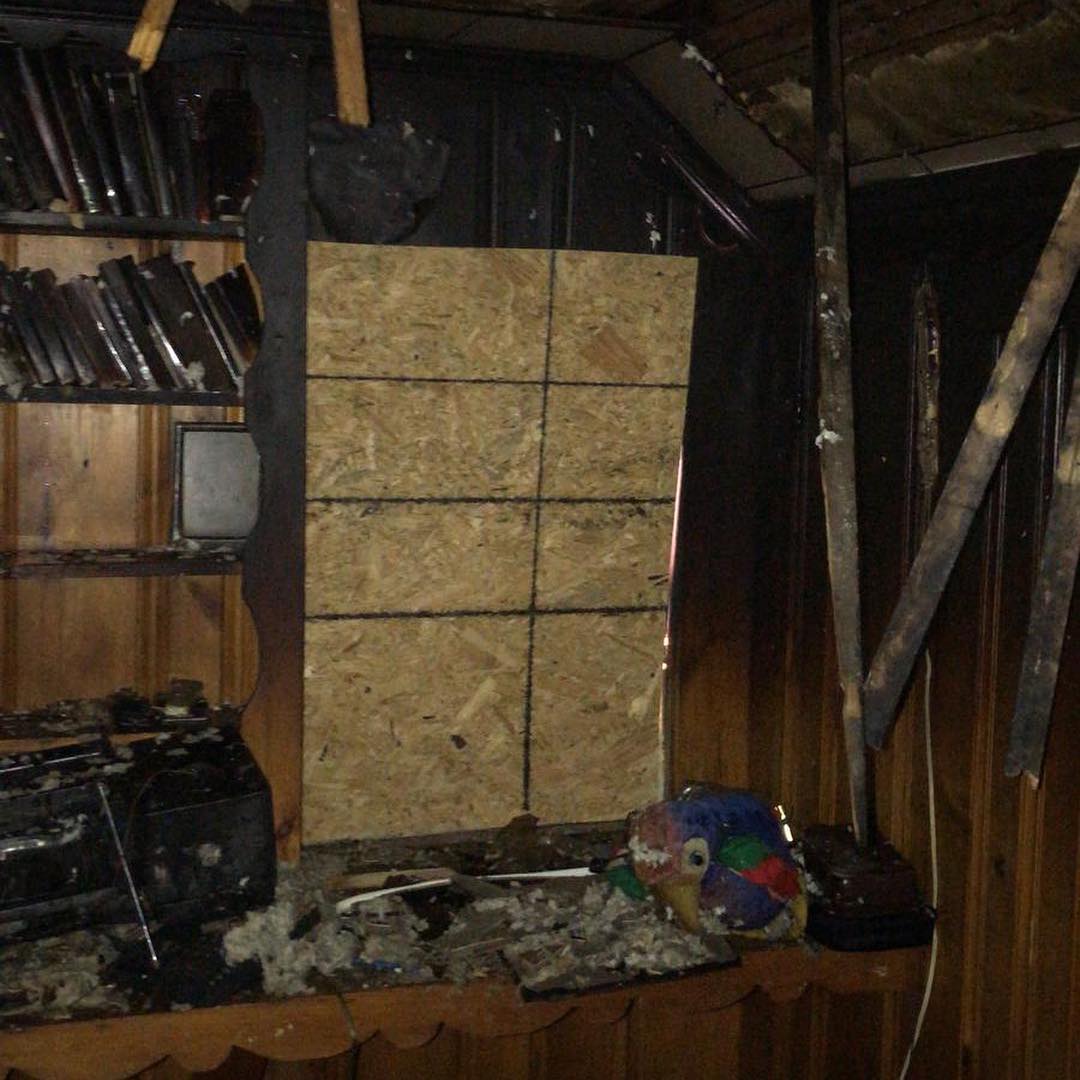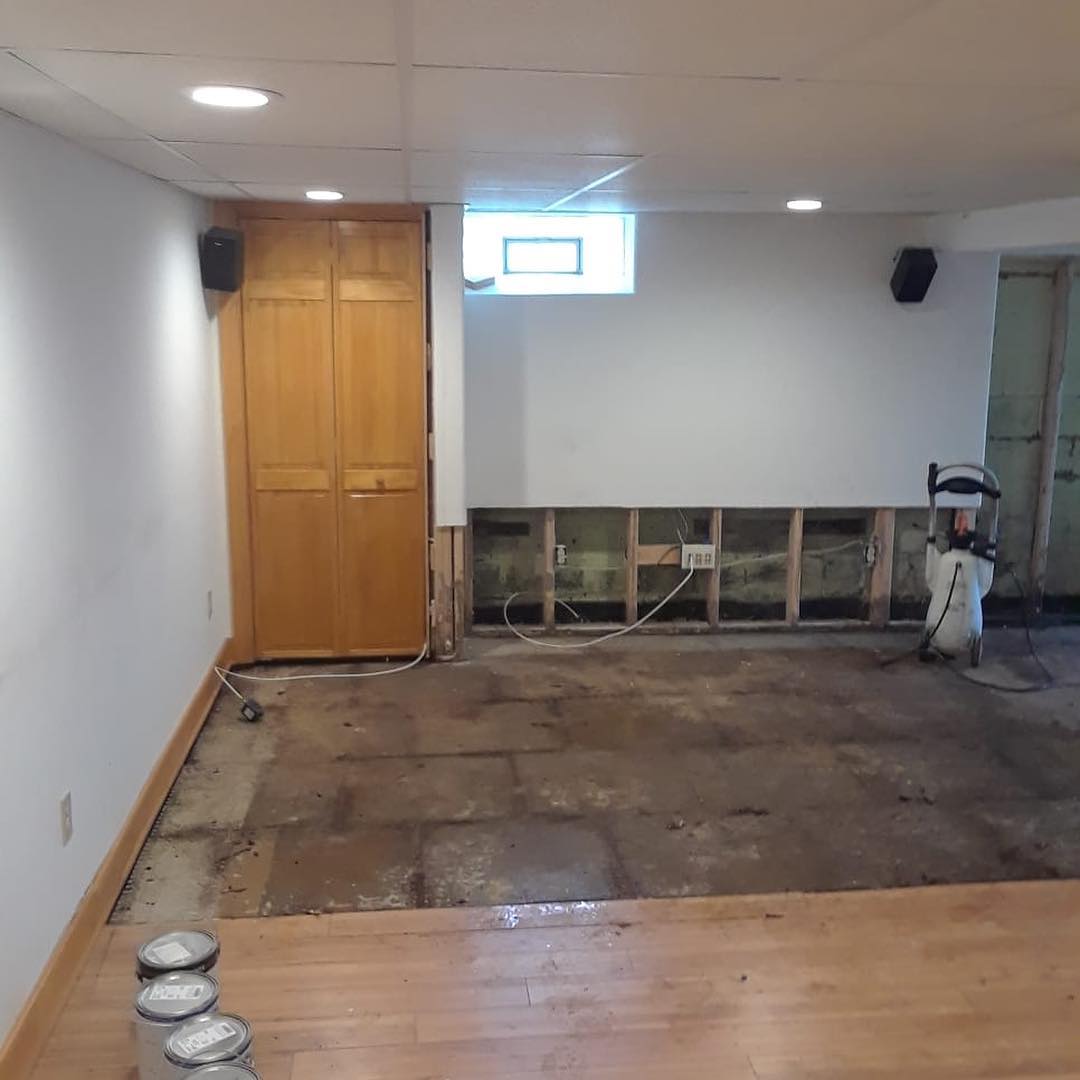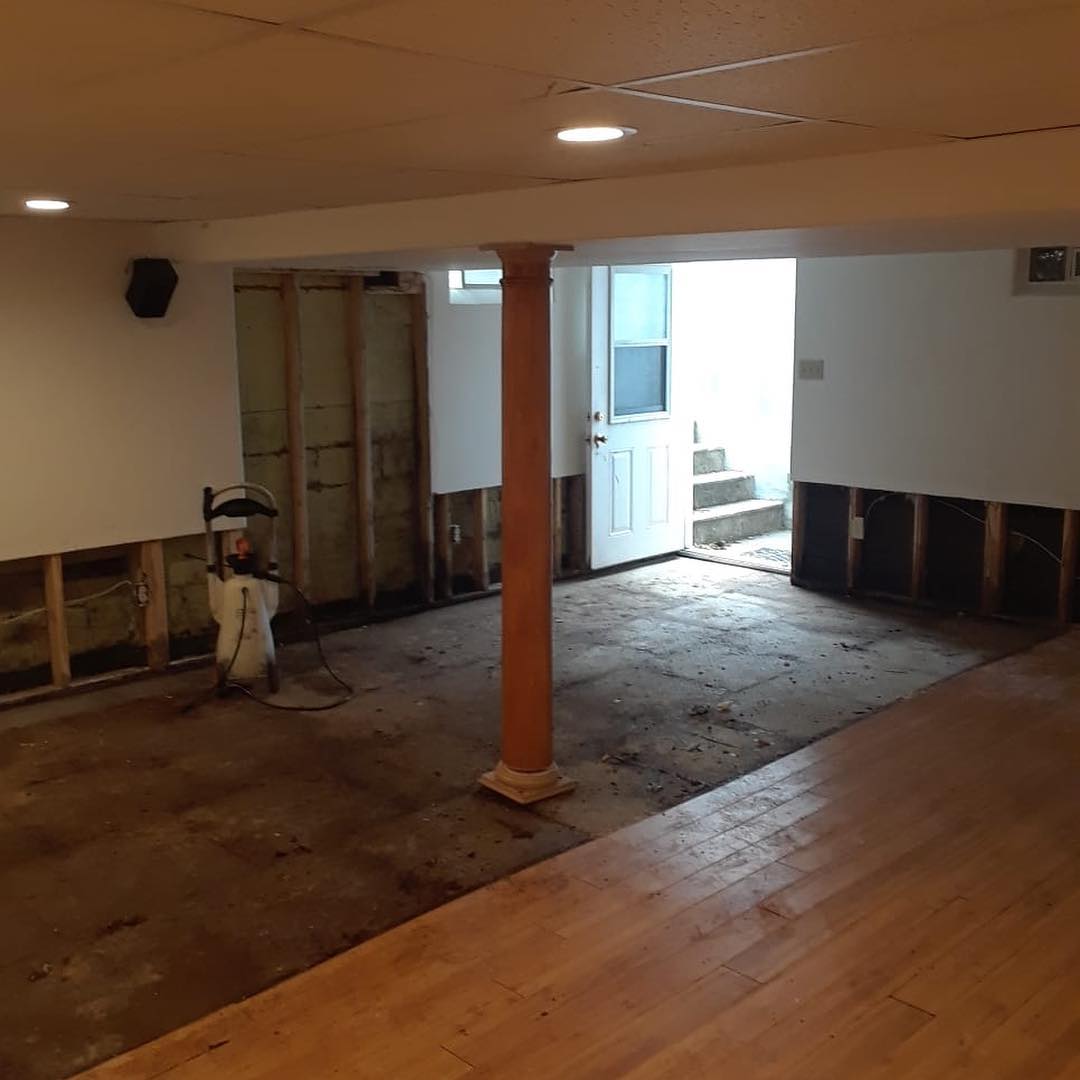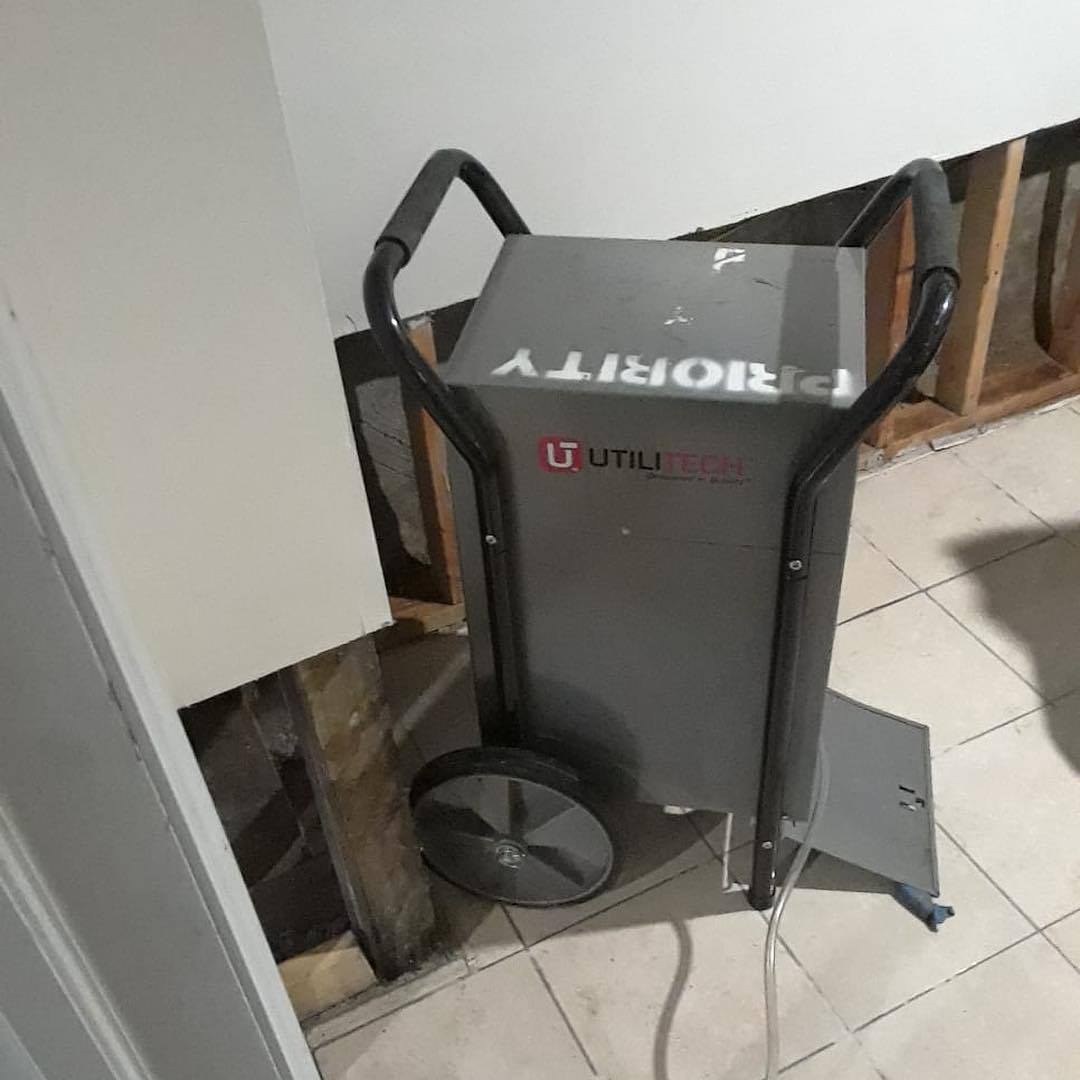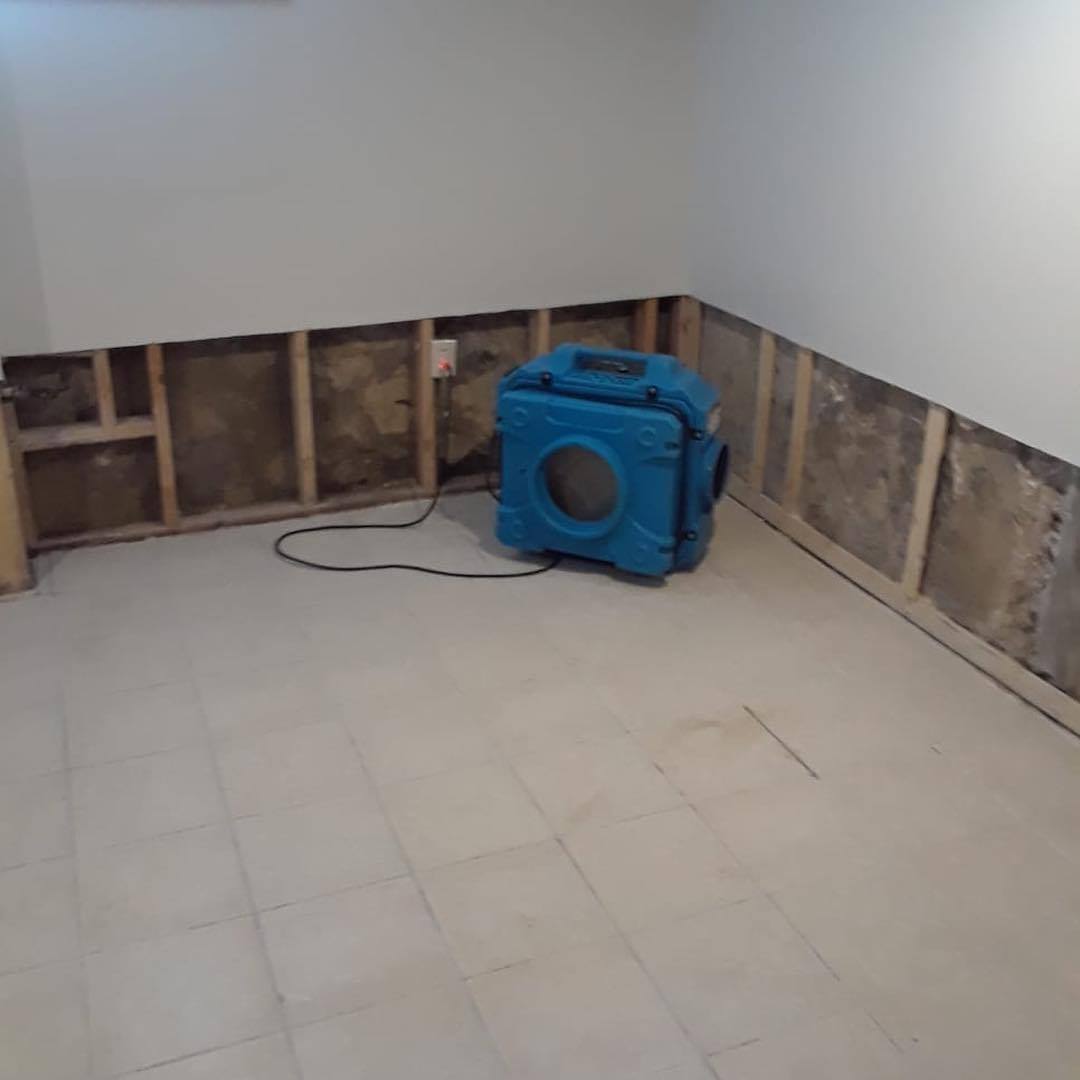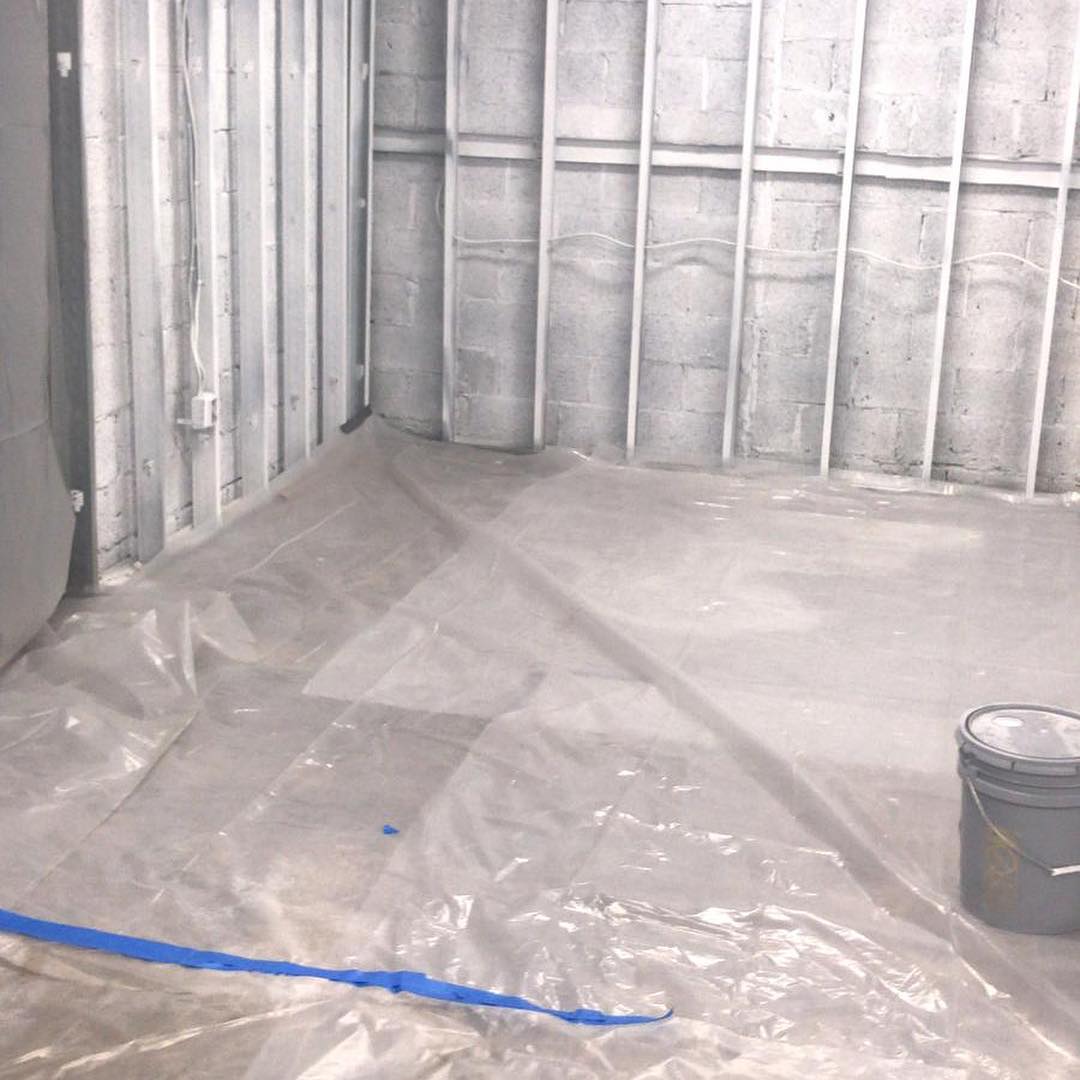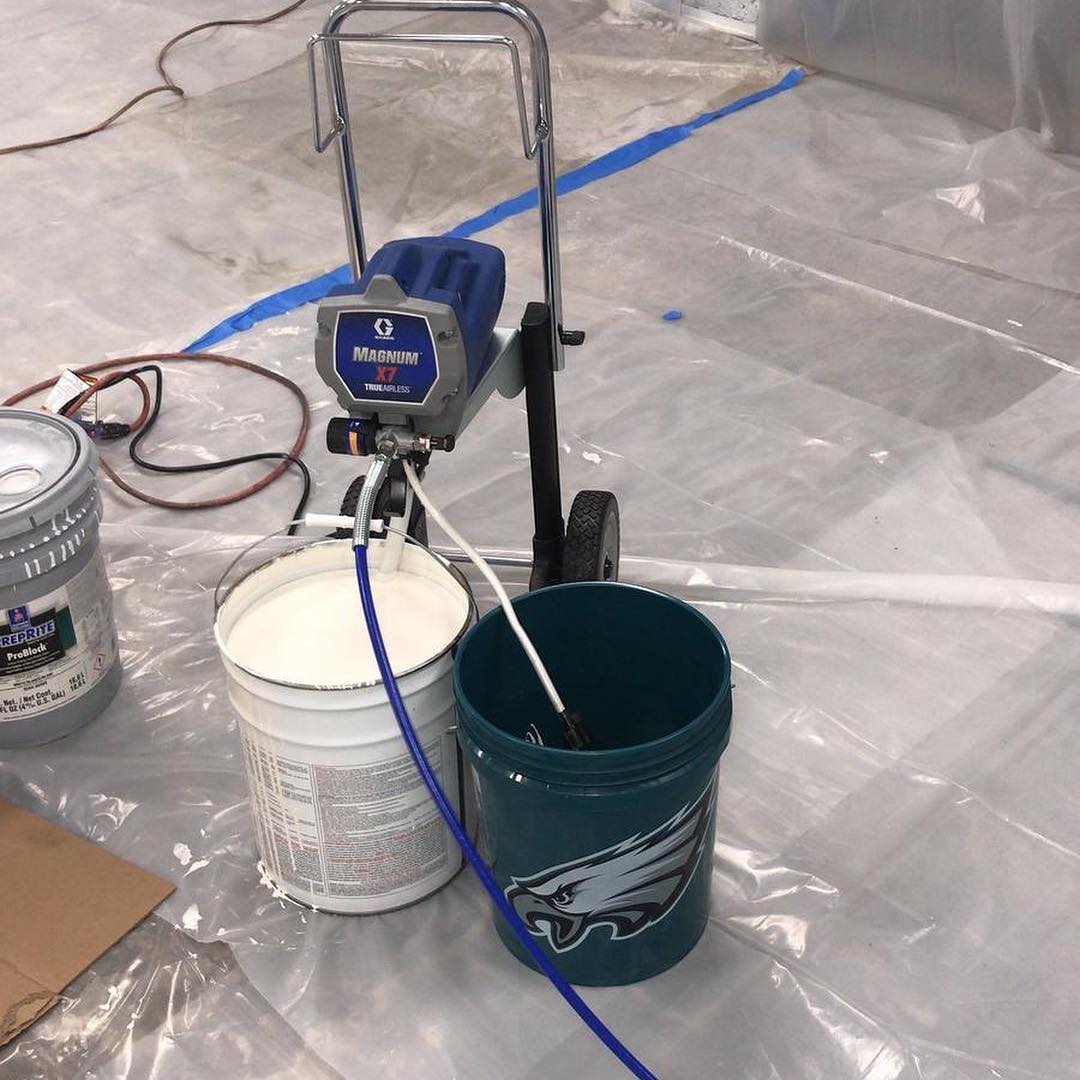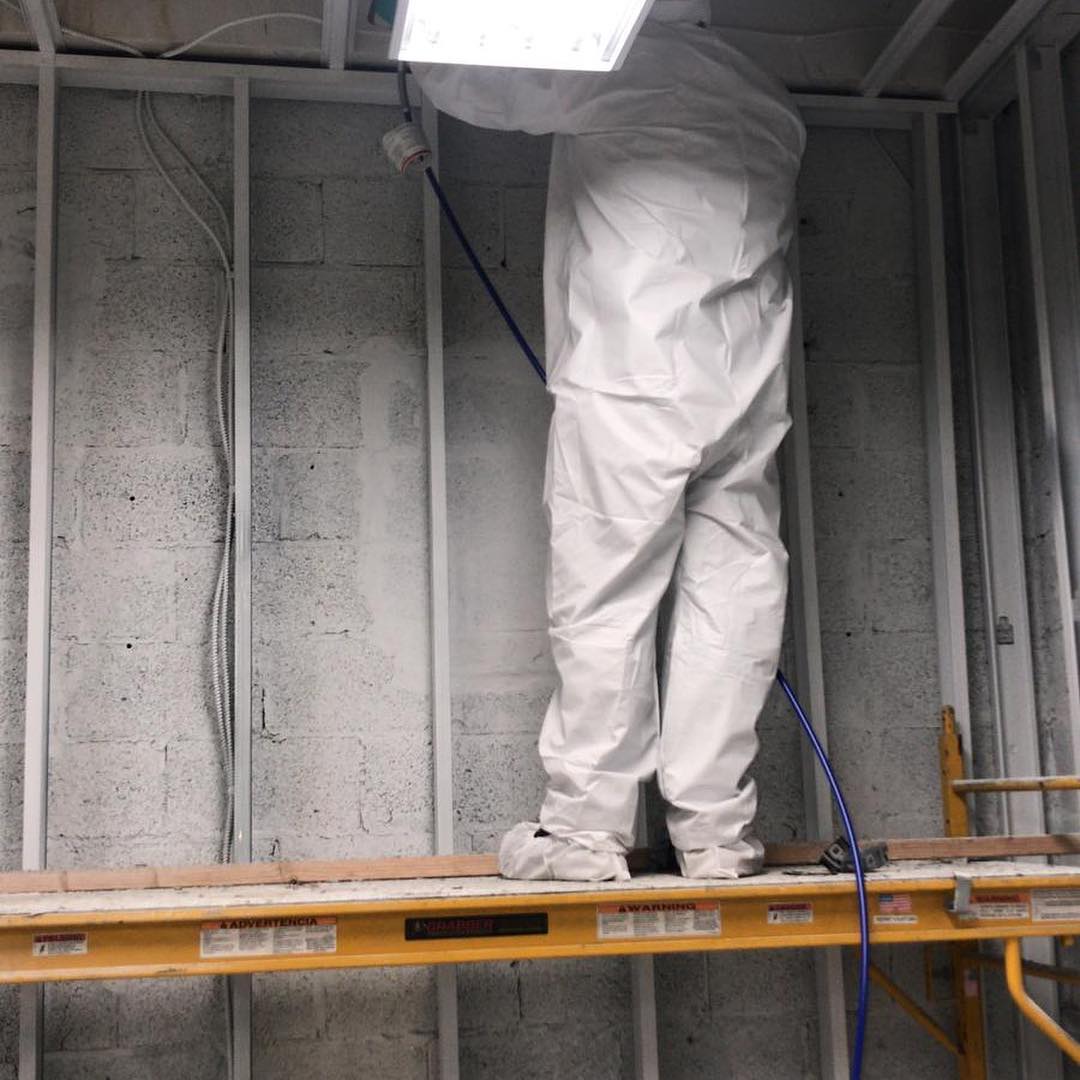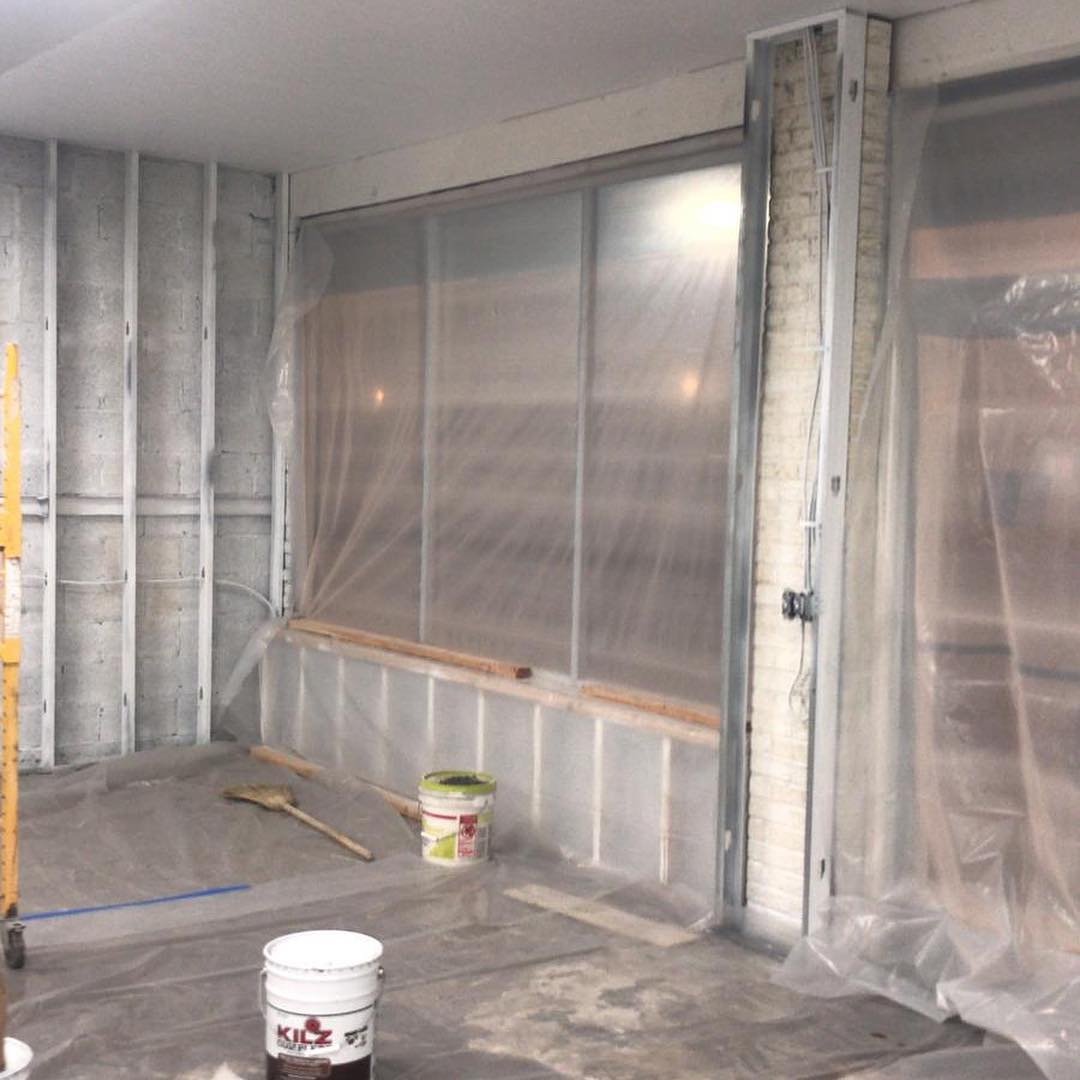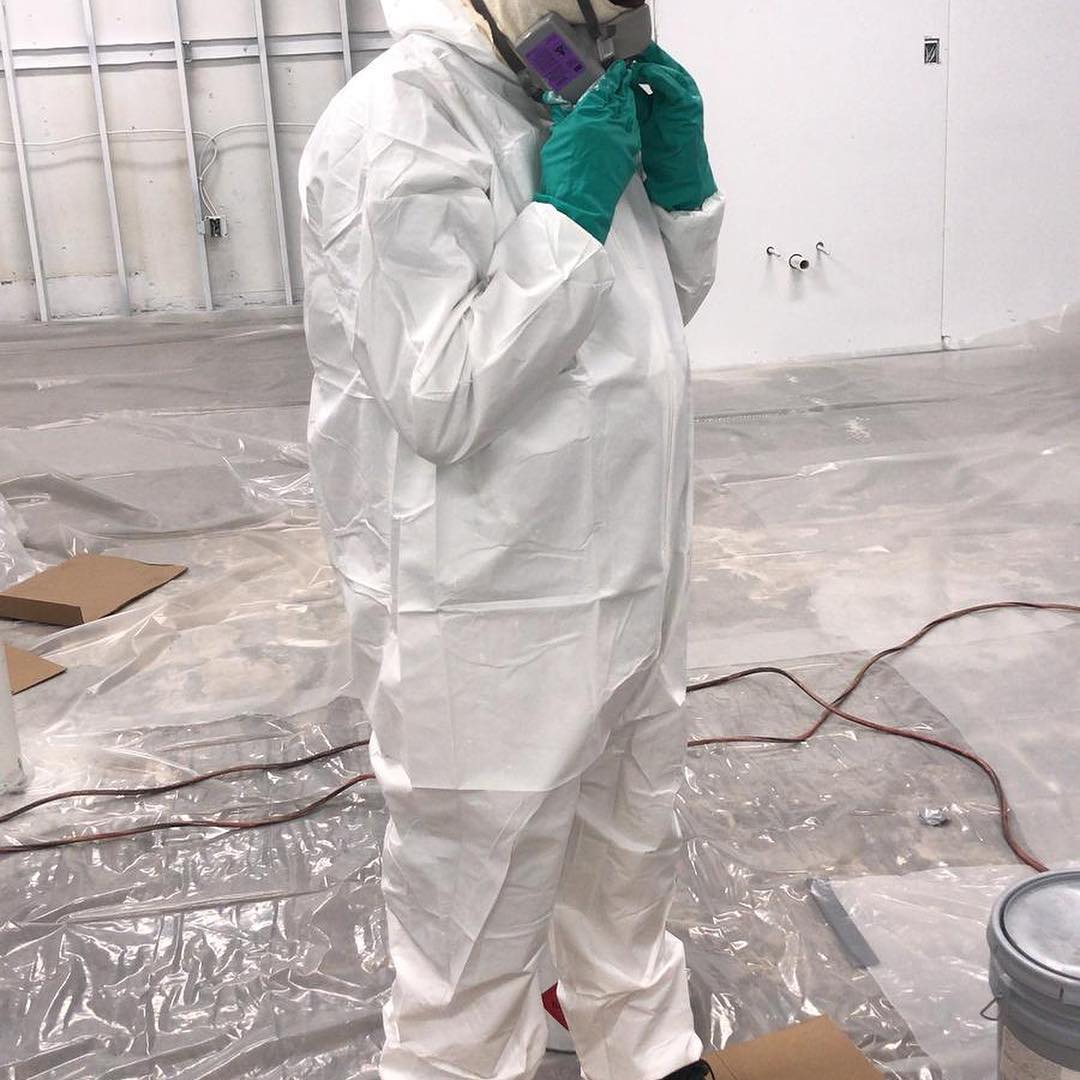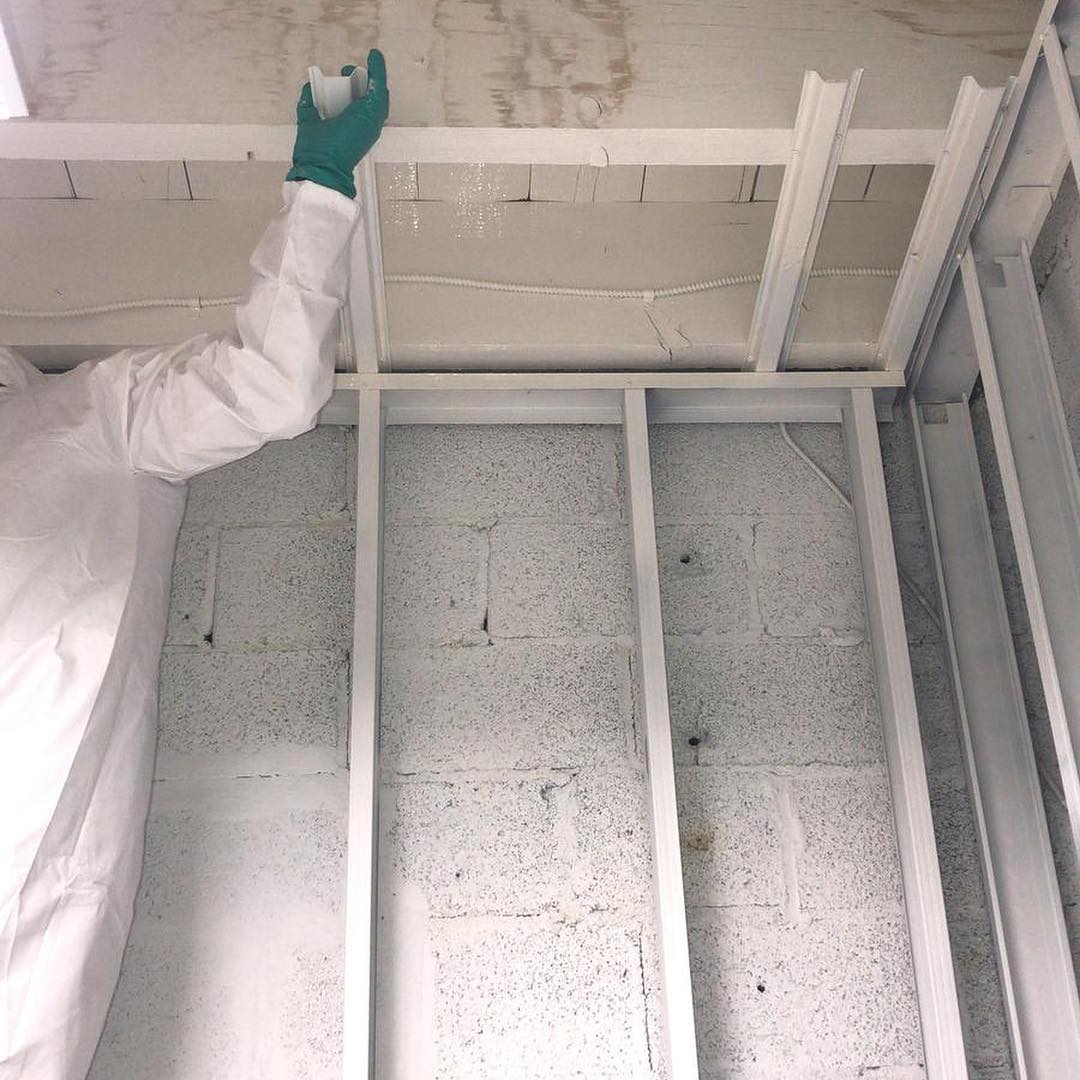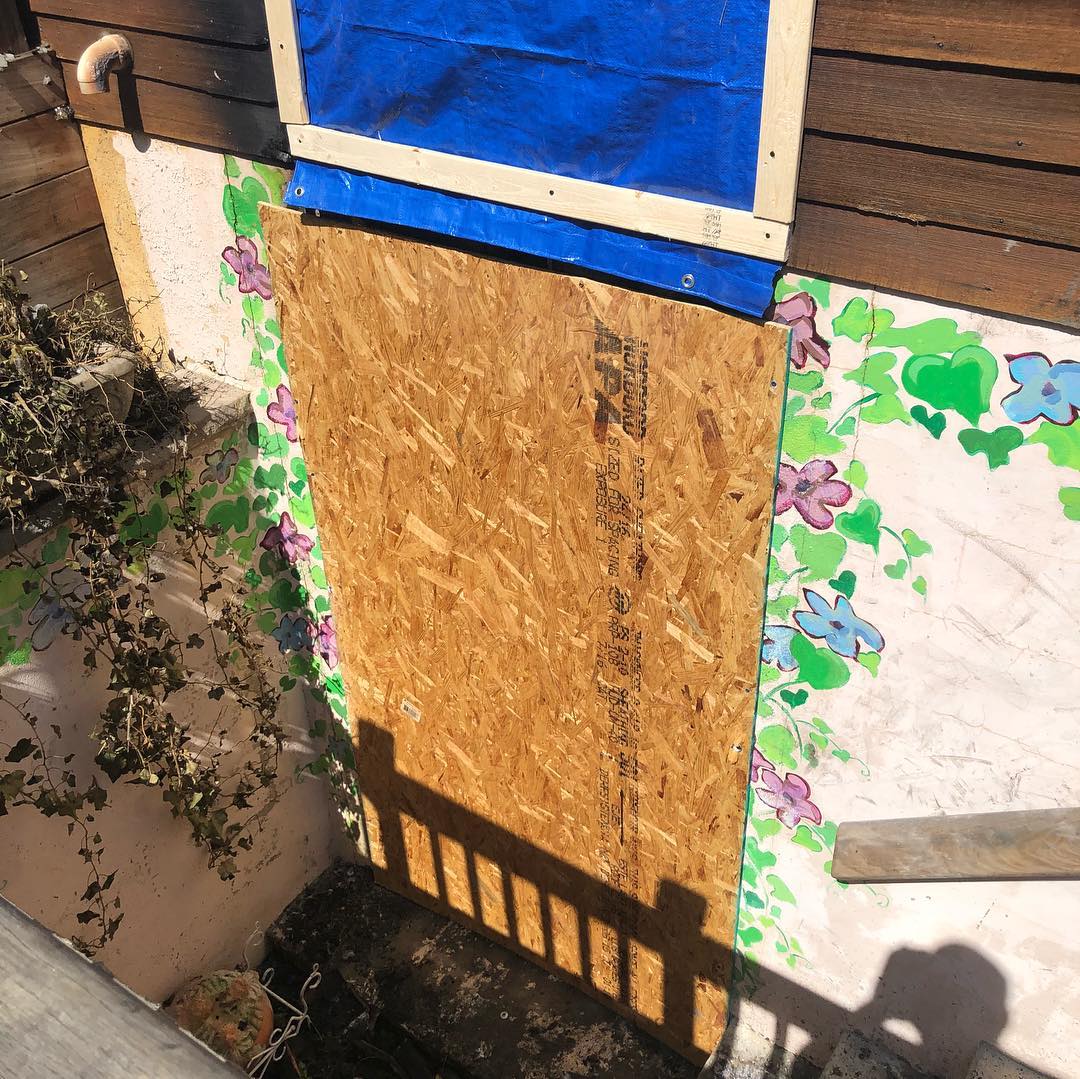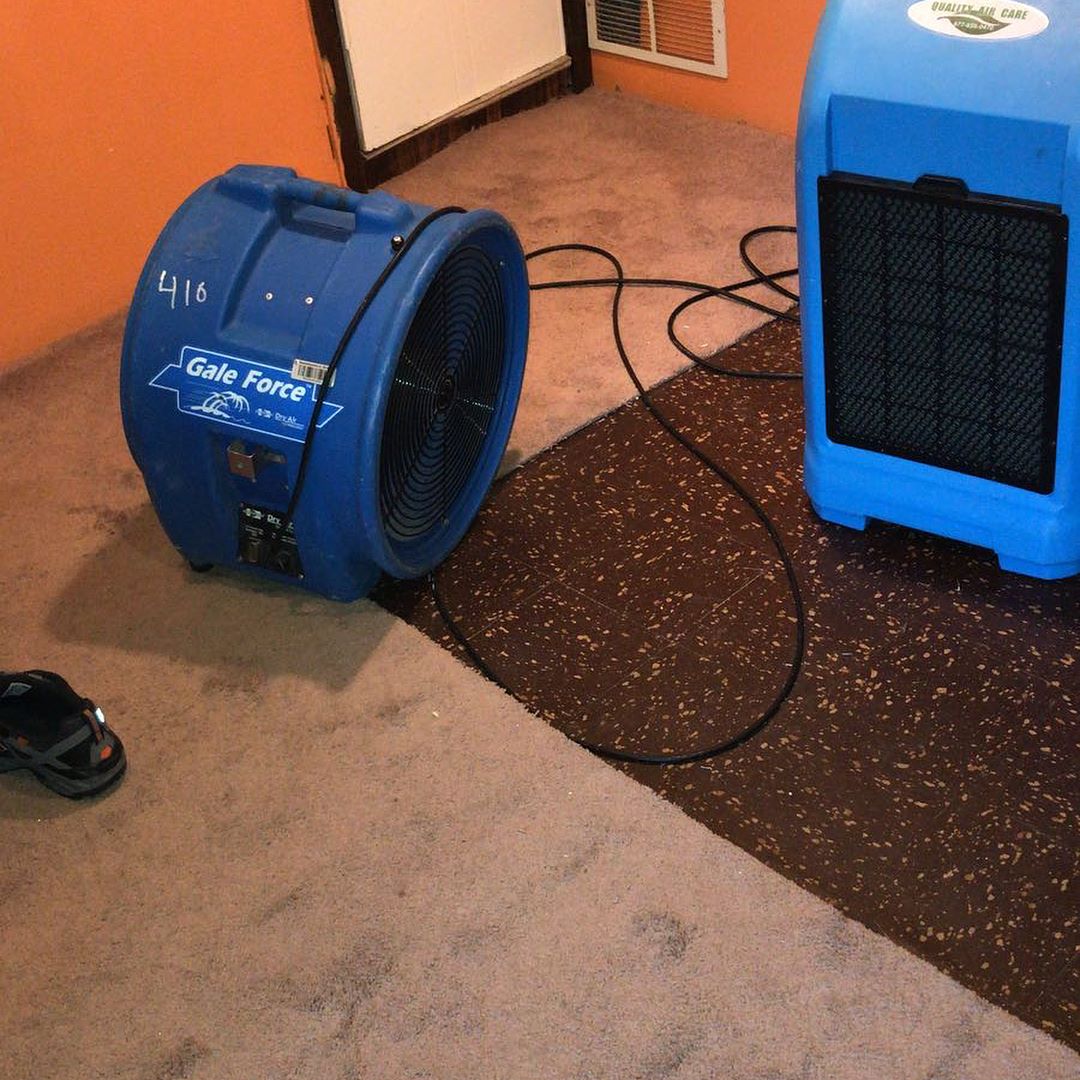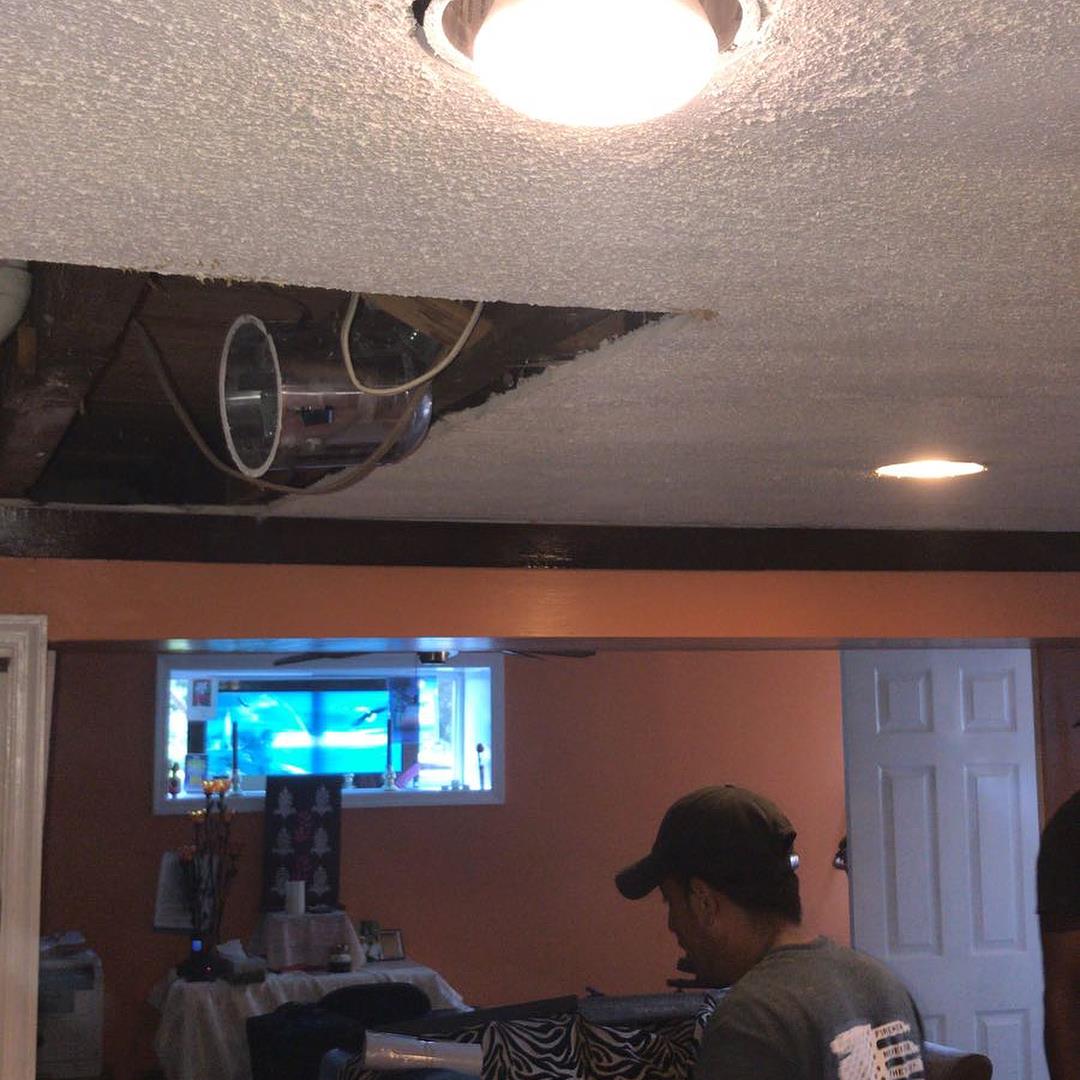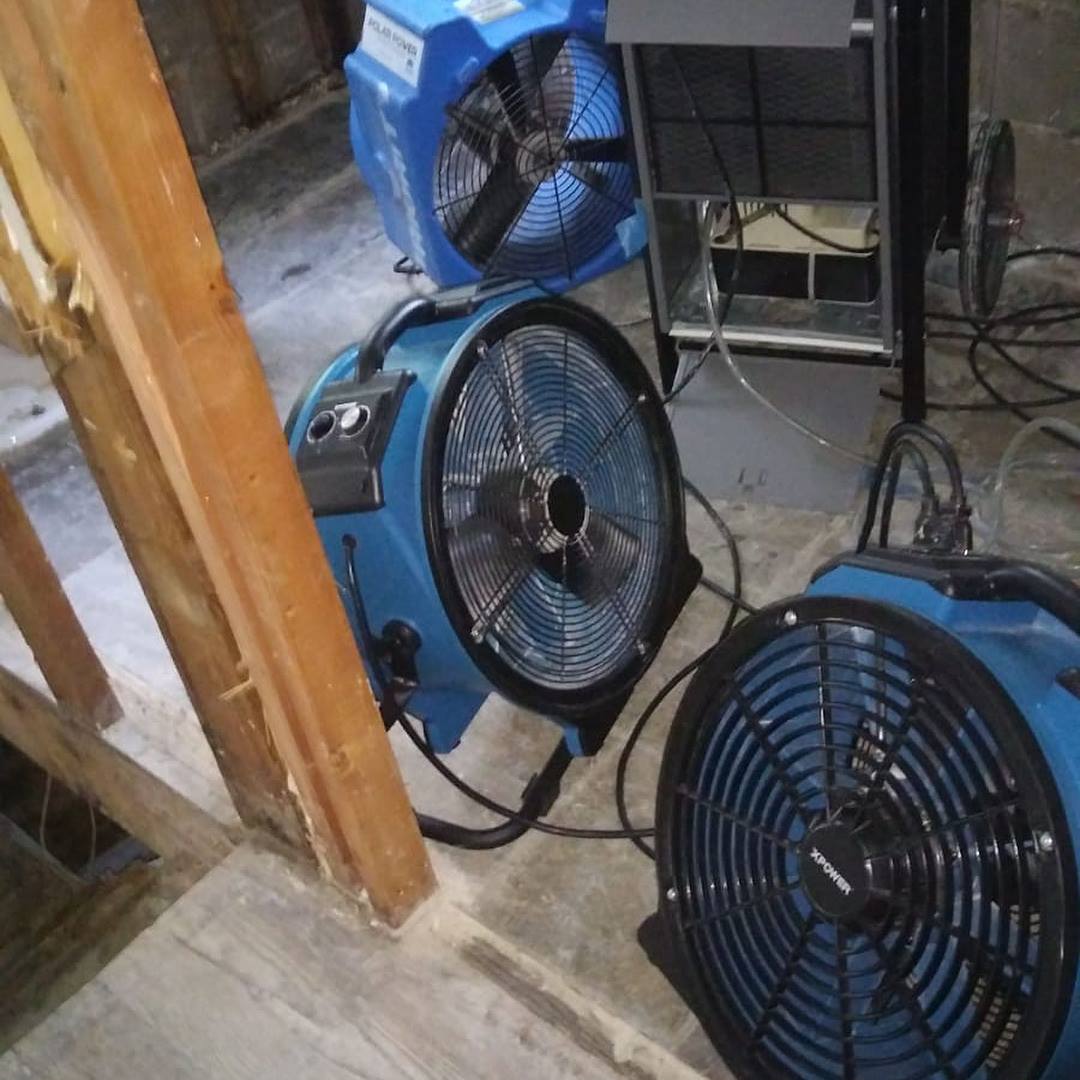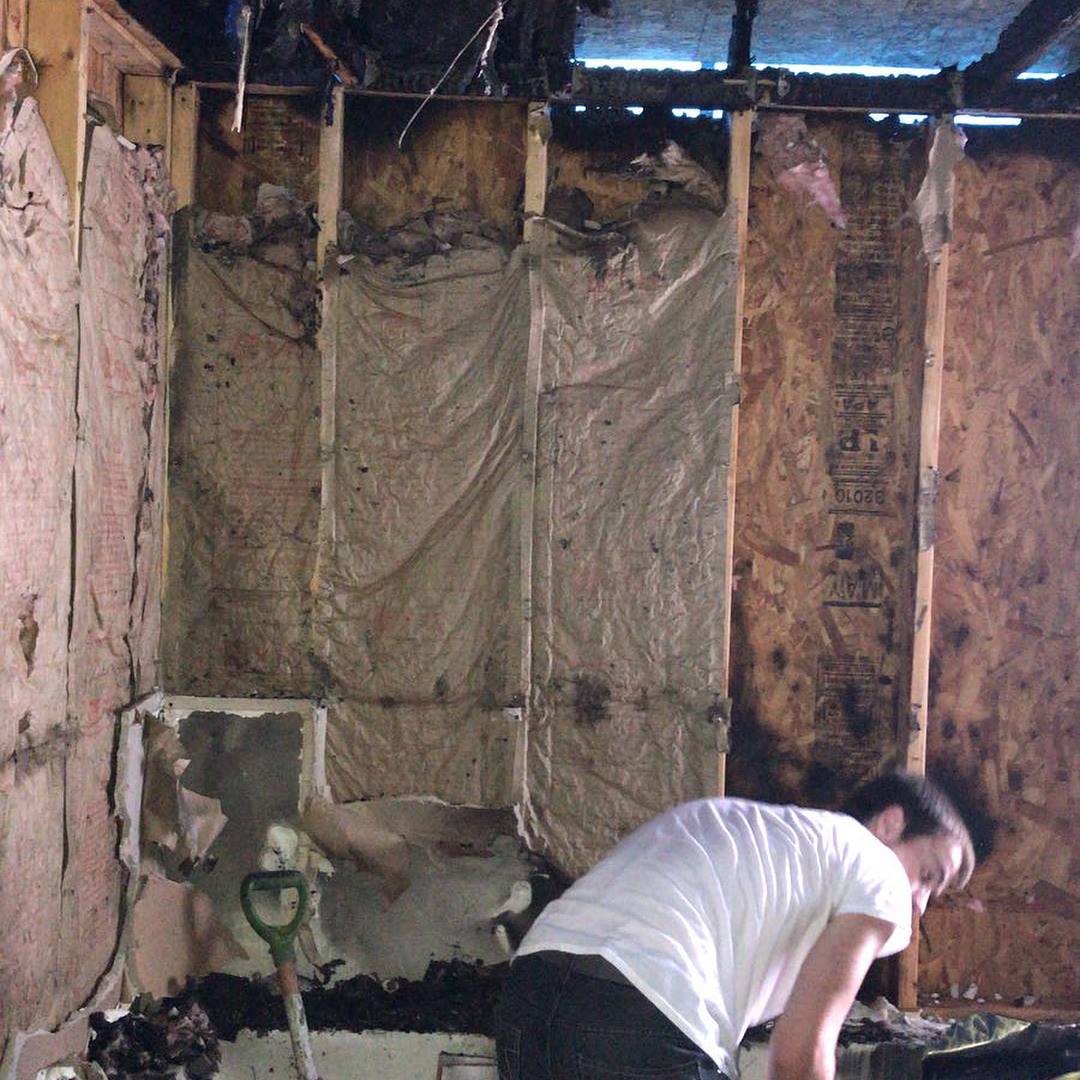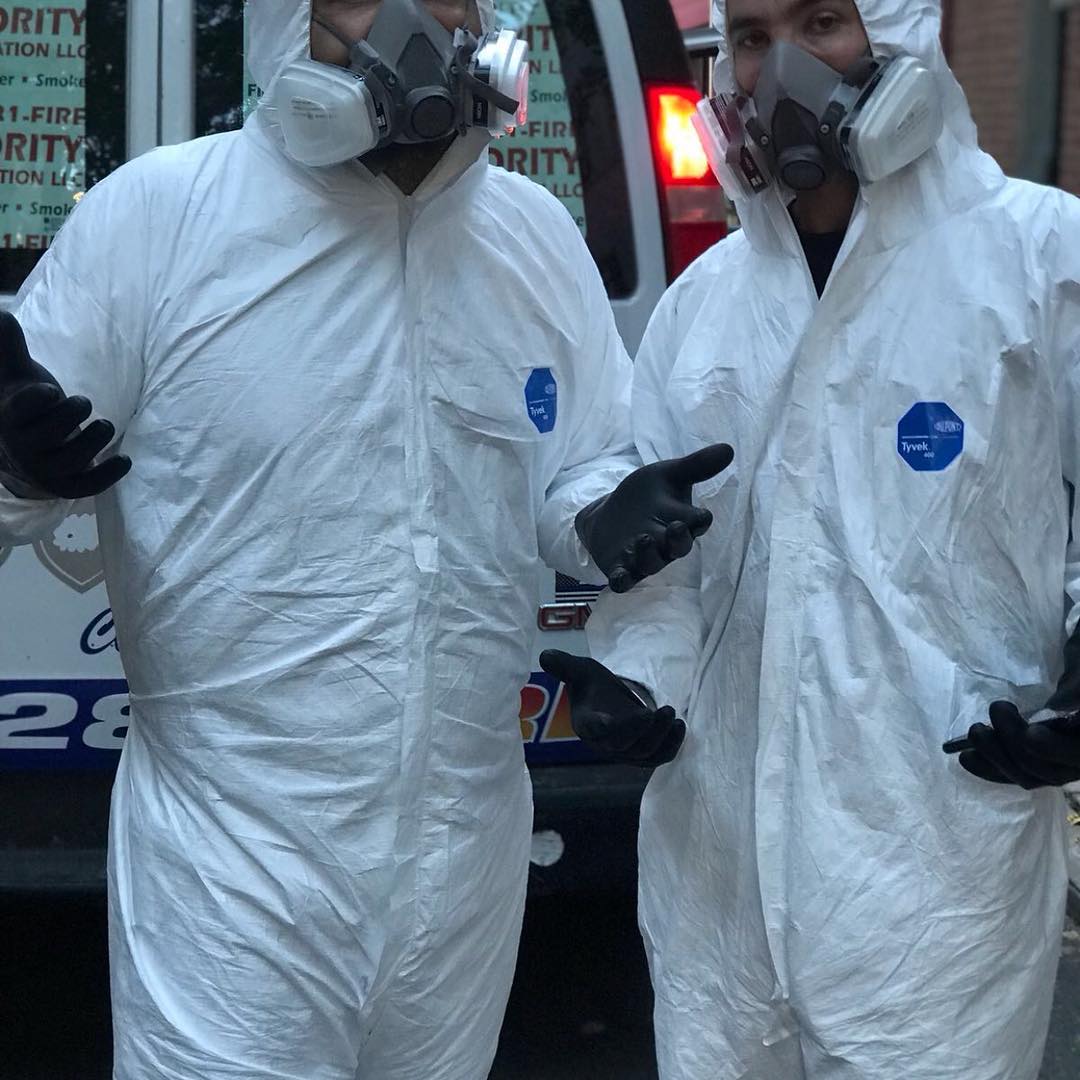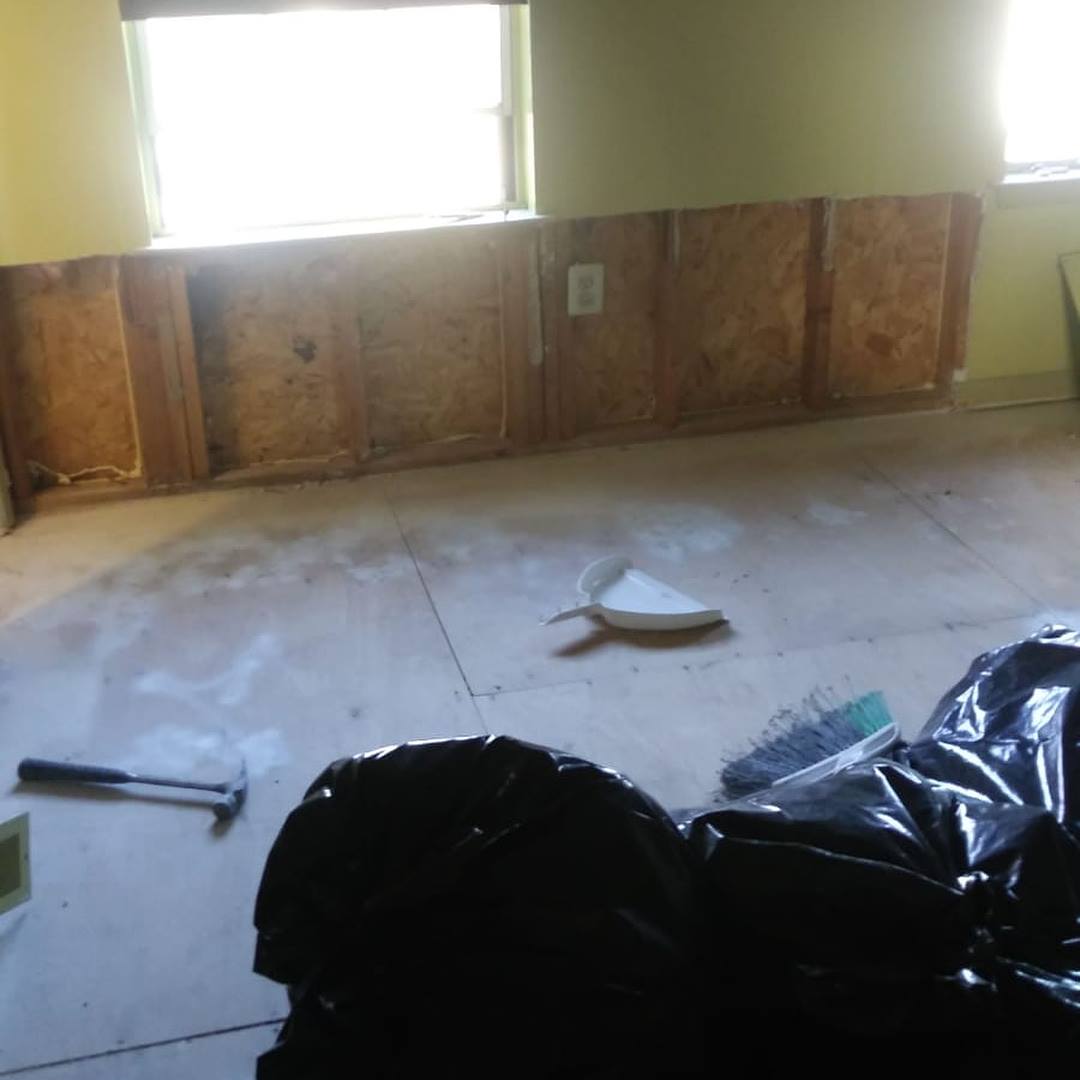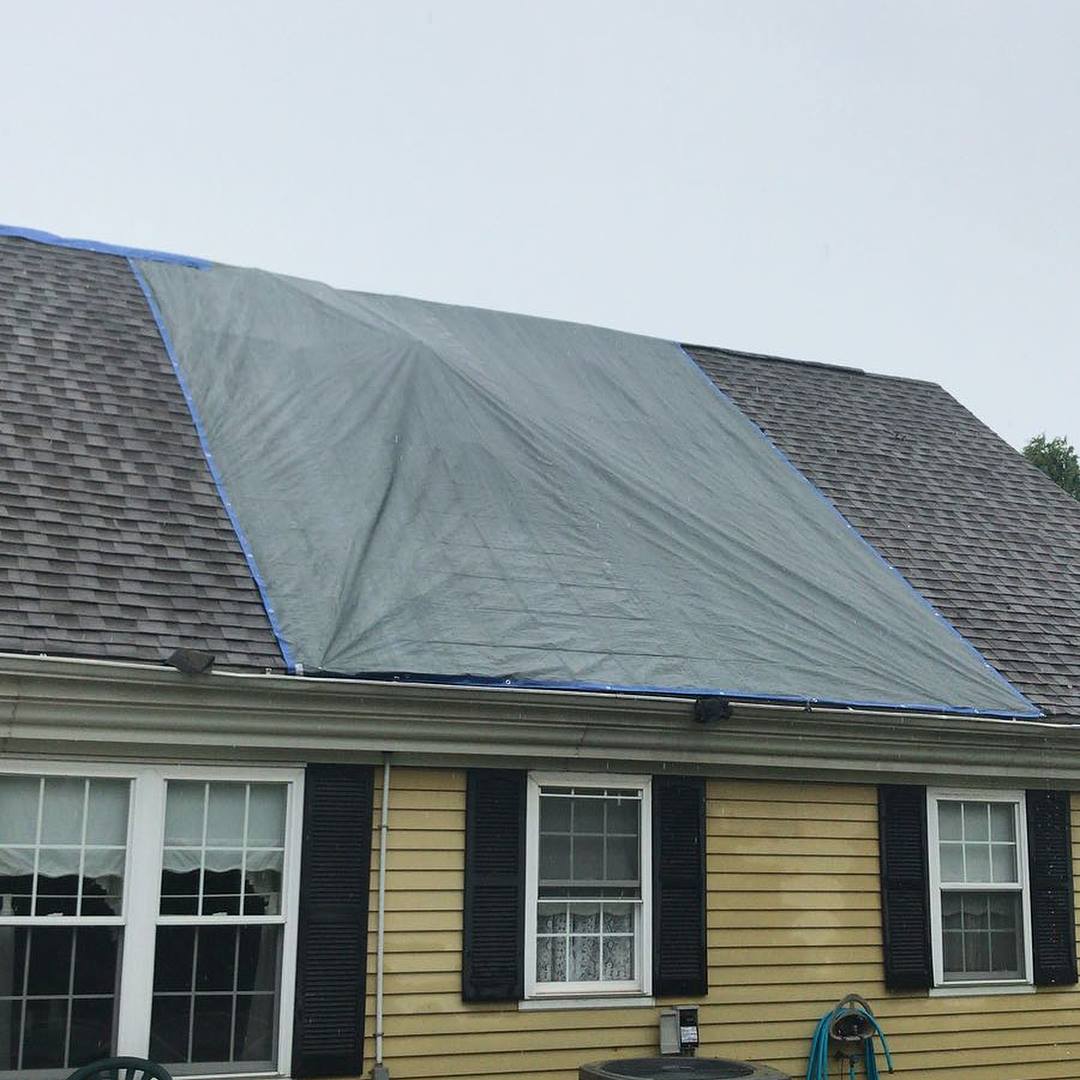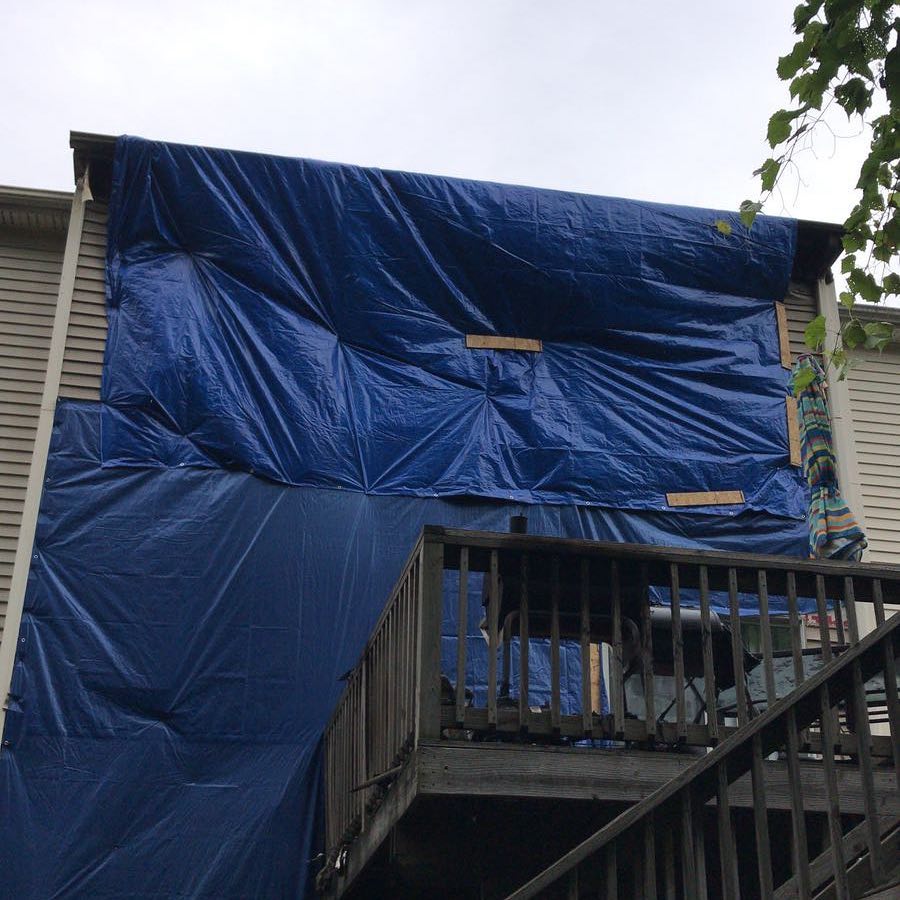
When dealing with ceiling water damage, you need a reliable and local team of Philly damage restoration experts in your corner. We've restored 100s of properties, both residential and commercial, in the Philly area and we're ready to come out and help you 24/7.
We're certified, insured, and work with all insurance companies. We understand how overwhelming it can be dealing with unexpected damage so let us assist you with your claim so you can focus on getting your life back on track.

Request a Free Estimate
or call (445) 234-4123
By submitting the form, you agree to our Terms of Service and Privacy Policy.
Among the various types of water damage, ceiling water damage is particularly concerning due to its potential to affect both the structural integrity and aesthetic appeal of your home. At Philly Damage Restoration, we specialize in ceiling water damage restoration and are here to provide you with comprehensive advice on how to manage and prevent this issue effectively.
Causes of Ceiling Water Damage
Understanding the root causes of ceiling water damage is the first step in preventing and addressing it. Here are some common causes:
1. Leaking Roofs
A primary cause of ceiling water damage is a leaking roof. This can result from damaged shingles, worn-out flashing, or poor roof installation. Regular maintenance and timely repairs are crucial to prevent leaks that can lead to water damage.
2. Plumbing Issues
Burst or leaking pipes within the walls or ceiling can cause significant water damage. Common plumbing issues include faulty pipe joints, corroded pipes, and high water pressure leading to leaks.
3. Condensation
Inadequate insulation can lead to condensation buildup in attics or upper floors, eventually causing water damage to the ceiling below. This is particularly common in older homes with poor insulation.
4. HVAC System Leaks
Faulty HVAC systems can lead to water leaks, especially if the drainage system is clogged or malfunctioning. Regular maintenance of your HVAC system can prevent such leaks.
5. Heavy Rainfall or Snow
Prolonged exposure to heavy rain or snow can stress your roof and lead to leaks, especially if the roofing material is aged or damaged. Ensuring your roof is in good condition before the rainy or snowy season can help mitigate this risk.
Signs of Ceiling Water Damage
Identifying ceiling water damage early can prevent further deterioration. Here are some signs to look out for:
- Discoloration or Stains: Water stains on the ceiling often appear as brown or yellow spots.
- Peeling or Bubbling Paint: Water damage can cause paint to peel or form bubbles.
- Sagging Ceiling: A sagging ceiling indicates severe water damage and requires immediate attention.
- Musty Odor: Persistent dampness can lead to a musty smell, indicating mold growth.
- Visible Mold: Mold growth on the ceiling is a clear sign of water damage and needs urgent remediation.
Addressing Ceiling Water Damage
When you notice signs of ceiling water damage, it’s crucial to act swiftly. Here’s a step-by-step guide to addressing the issue:
1. Identify and Stop the Source
Before any repair work begins, locate the source of the water leak and stop it. This might involve repairing a leaking roof, fixing burst pipes, or addressing HVAC system issues.
2. Assess the Damage
Assess the extent of the damage. If the damage is minor, you might be able to handle the repairs yourself. However, for extensive damage, it’s best to contact professionals like Philly Damage Restoration.
3. Dry the Affected Area
Drying the affected area is crucial to prevent mold growth. Use fans, dehumidifiers, and proper ventilation to dry out the ceiling.
4. Remove Damaged Materials
Remove any damaged ceiling materials, such as drywall or insulation. This step might require professional assistance to ensure safety and thoroughness.
5. Repair and Restore
Once the area is dry and all damaged materials are removed, proceed with repairs. This may involve replacing drywall, repainting, and restoring any other affected parts of your ceiling.
6. Prevent Future Damage
To prevent future water damage, address the underlying cause, such as fixing roofing issues, replacing old pipes, or improving insulation. Regular maintenance and inspections are key to preventing recurring issues.
Importance of Professional Ceiling Water Damage Restoration
While minor ceiling water damage might seem manageable, professional restoration ensures comprehensive repairs and prevents further complications. At Philly Damage Restoration, we offer:
- Expert Assessment: Our professionals thoroughly assess the damage to provide accurate repair estimates.
- Advanced Equipment: We use state-of-the-art equipment for drying, dehumidifying, and restoring your ceiling.
- Mold Remediation: We ensure that any mold growth is effectively treated to safeguard your health.
- Quality Repairs: Our skilled technicians perform high-quality repairs, restoring your ceiling to its original condition.
- Insurance Assistance: We assist with insurance claims to ensure you receive fair compensation for the damages.
Residential Insurance Policies and Ceiling Water Damage
Understanding your residential insurance policy is crucial when dealing with ceiling water damage. Here are some key points to consider:
1. Coverage for Water Damage
Most standard homeowner’s insurance policies cover water damage caused by sudden and accidental incidents, such as burst pipes or roof leaks. However, damage resulting from neglect or lack of maintenance is typically not covered.
2. Flood Insurance
Standard homeowner’s insurance does not cover flood damage. If you live in a flood-prone area, consider purchasing separate flood insurance.
3. Filing a Claim
When filing a claim for ceiling water damage, provide detailed documentation, including photos of the damage, repair estimates, and a record of any emergency repairs you’ve undertaken to mitigate further damage.
4. Mitigation Responsibilities
Homeowners are responsible for taking immediate action to mitigate further damage. This includes stopping the water source, drying out the area, and making temporary repairs.
5. Professional Assessment
Insurance companies may require a professional assessment of the damage. At Philly Damage Restoration, we provide detailed reports and estimates to support your insurance claim.
Preventive Measures to Avoid Ceiling Water Damage
Prevention is always better than cure. Here are some preventive measures to help avoid ceiling water damage:
1. Regular Roof Inspections
Schedule regular roof inspections, especially after severe weather conditions. Promptly repair any damaged shingles or flashing.
2. Plumbing Maintenance
Conduct regular plumbing inspections to identify and repair leaks early. Replace old or corroded pipes to prevent bursts.
3. Improve Insulation
Ensure your home is well-insulated to prevent condensation-related water damage. Proper insulation also helps in maintaining energy efficiency.
4. HVAC System Maintenance
Regularly maintain your HVAC system to prevent leaks. Ensure the drainage system is functioning correctly.
5. Install Water Detection Devices
Install water detection devices near potential leak sources, such as under sinks, near water heaters, and in basements. These devices alert you to leaks early, allowing prompt action.
If you notice any signs of ceiling water damage or need professional assistance, don't hesitate to contact Philly Damage Restoration. Our team of experienced professionals is ready to help you restore your home to its original condition. Remember, timely action can prevent minor issues from becoming major problems. Trust the experts at Philly Damage Restoration to handle all your ceiling water damage restoration needs.
Frequently Asked Questions About Ceiling Water Damage in Philly
Ceiling water damage is often caused by leaking roofs, plumbing issues such as burst or leaking pipes, condensation due to inadequate insulation, faulty HVAC systems, and prolonged exposure to heavy rainfall or snow. Regular maintenance and timely repairs of these potential sources can help prevent water damage.





















